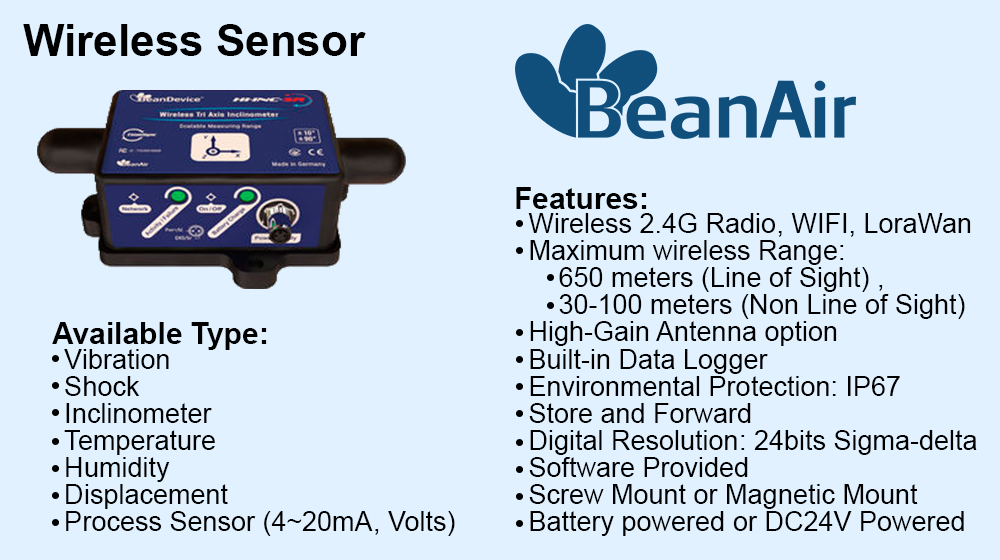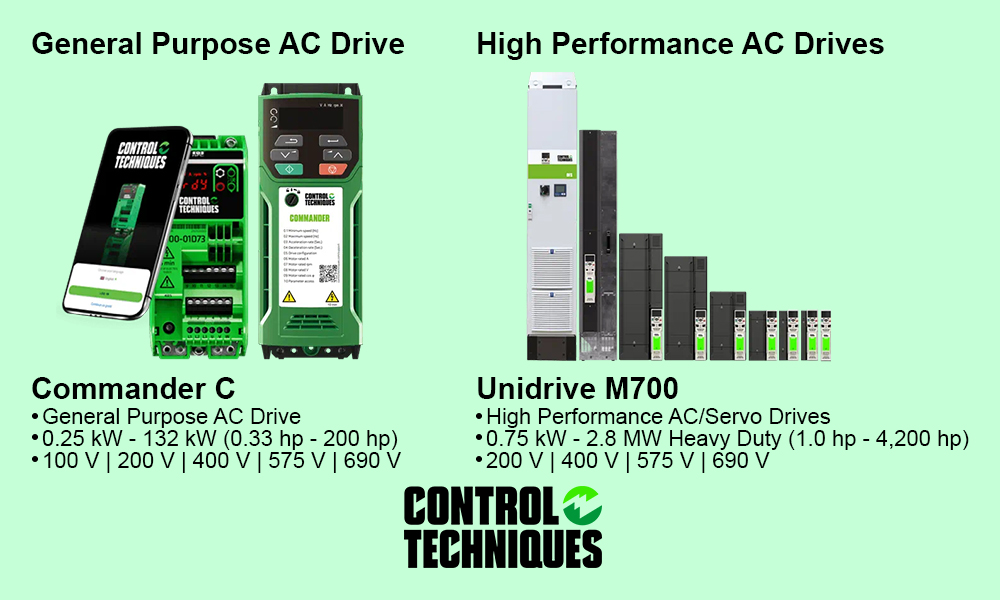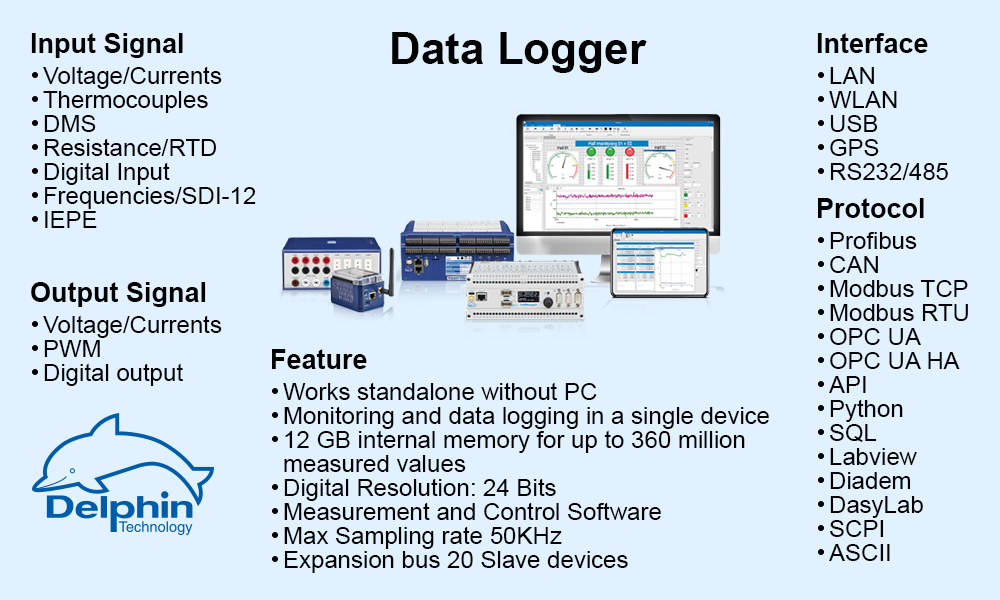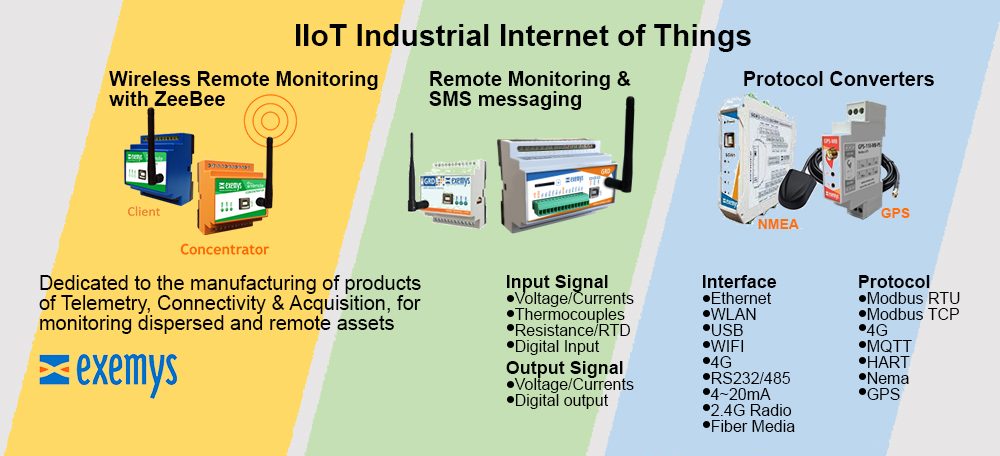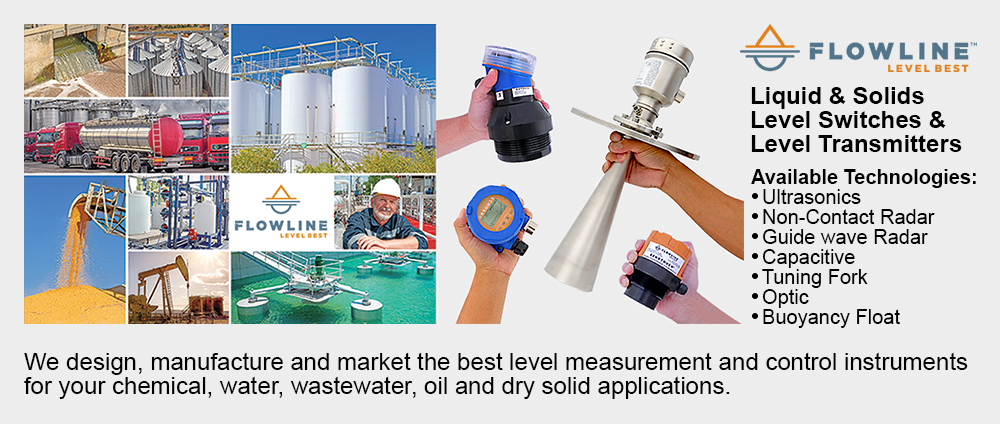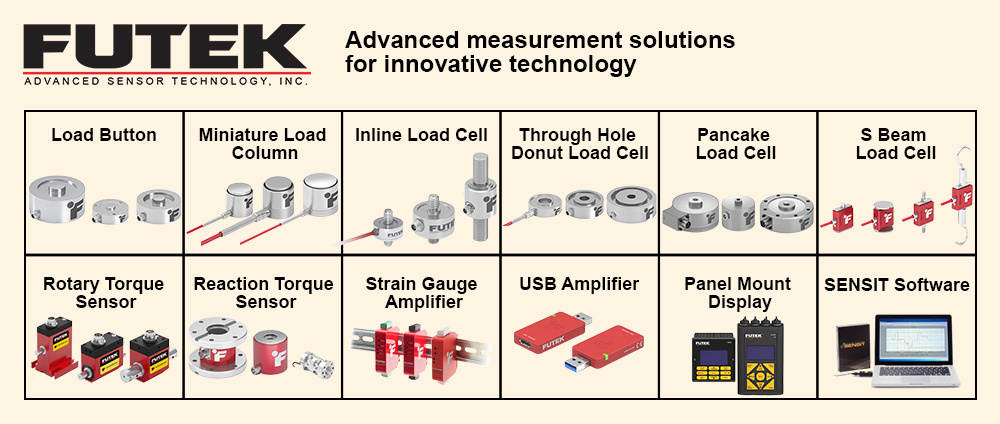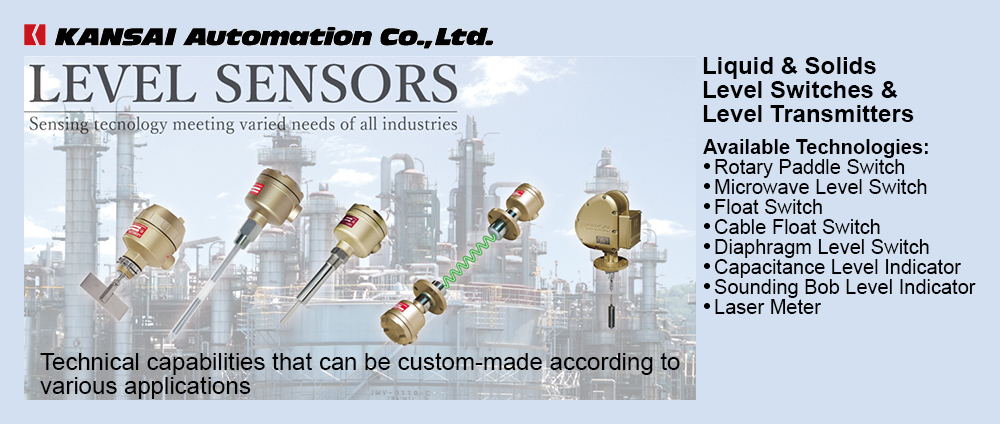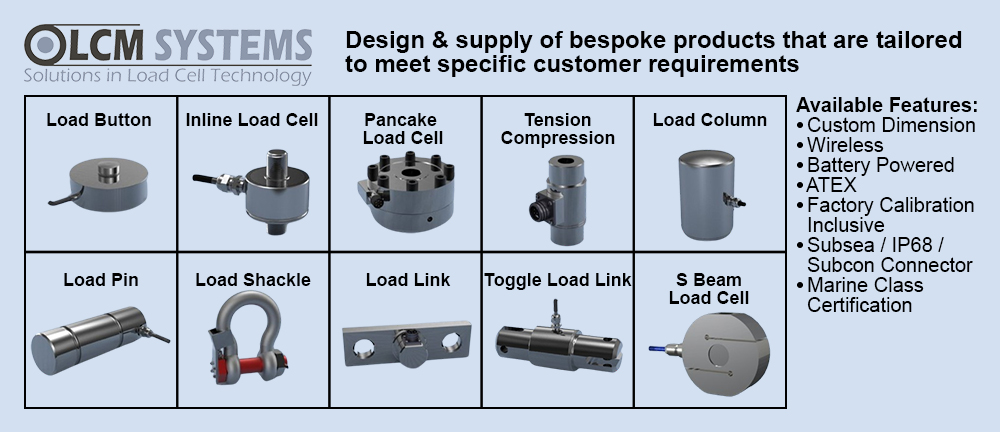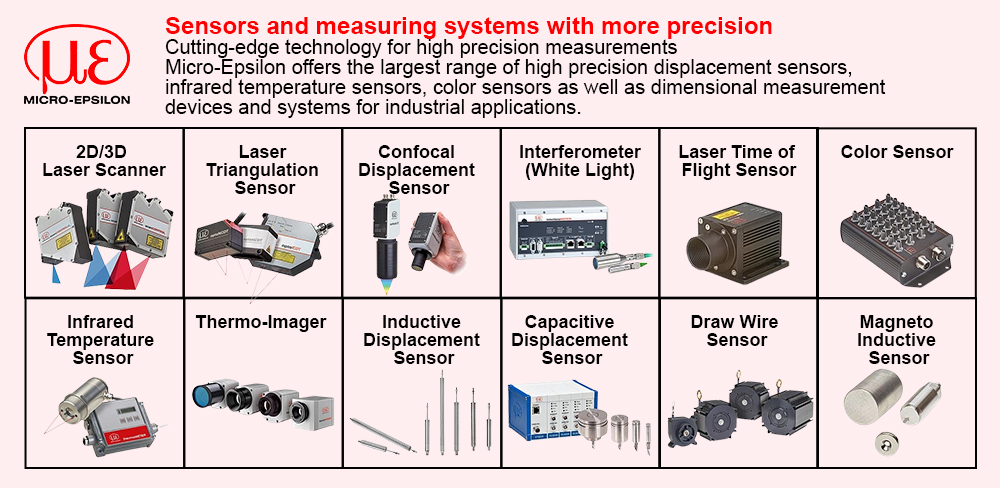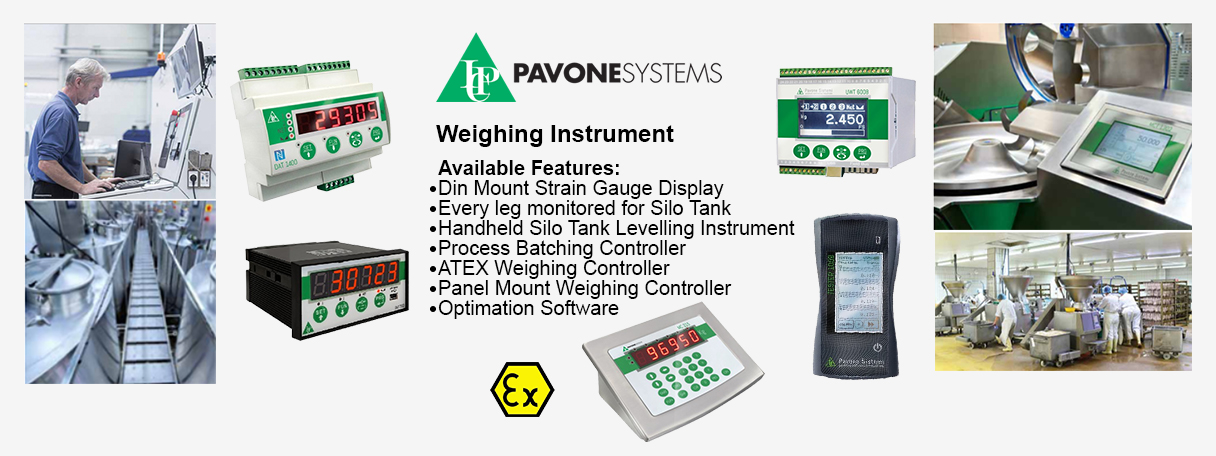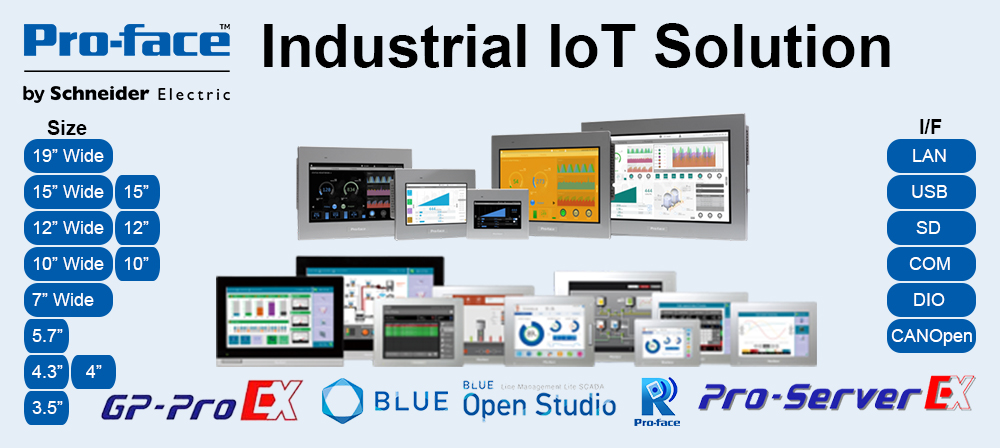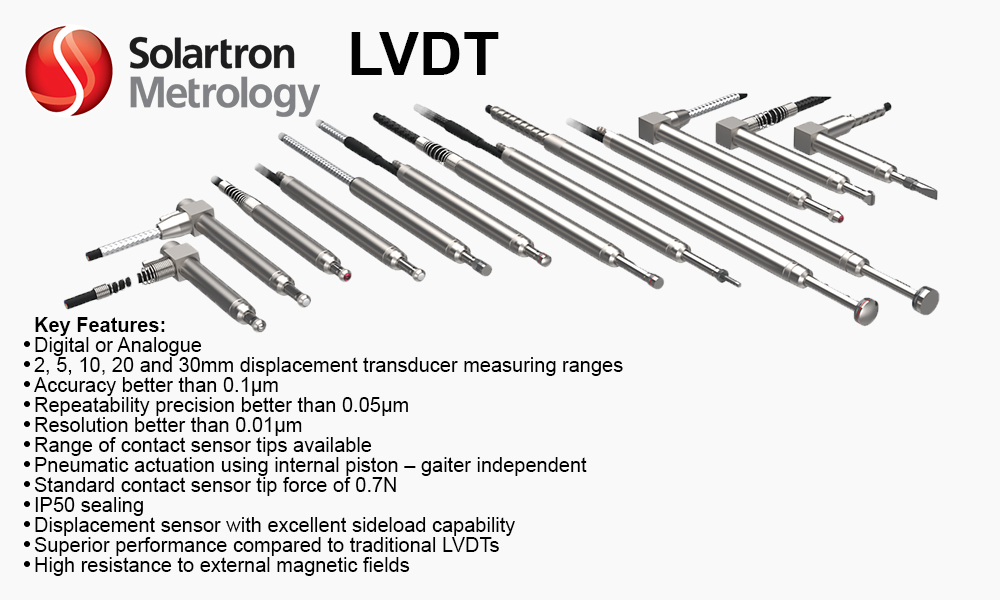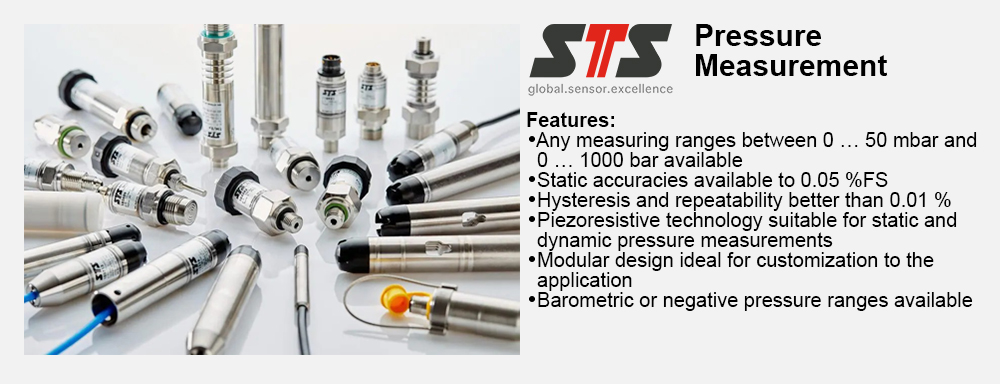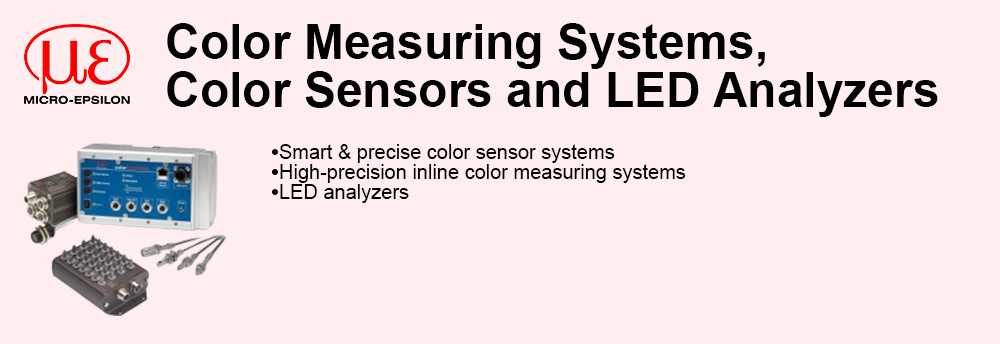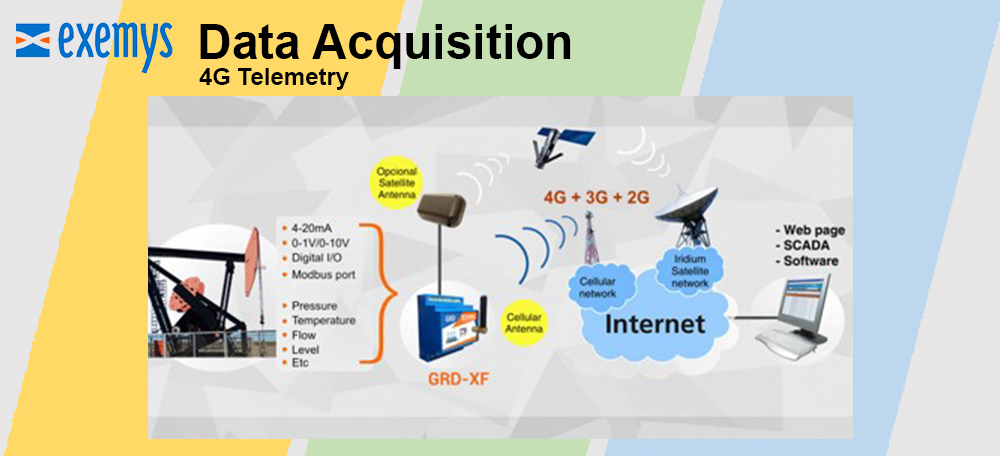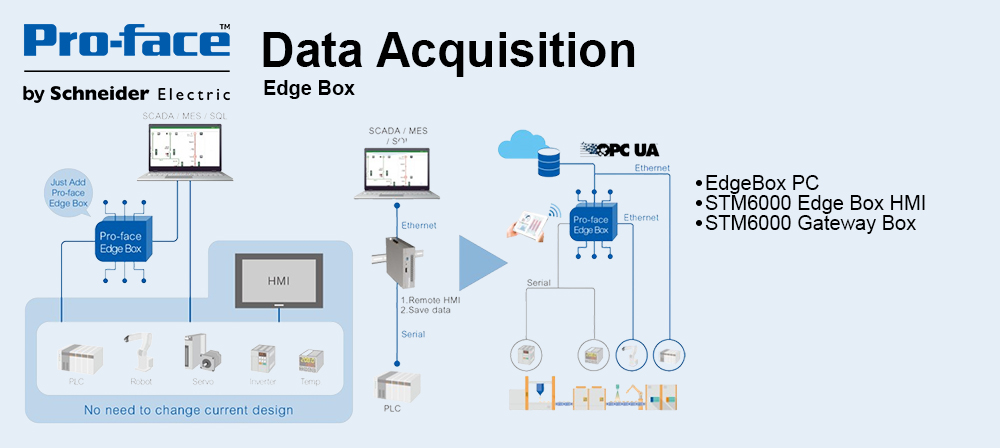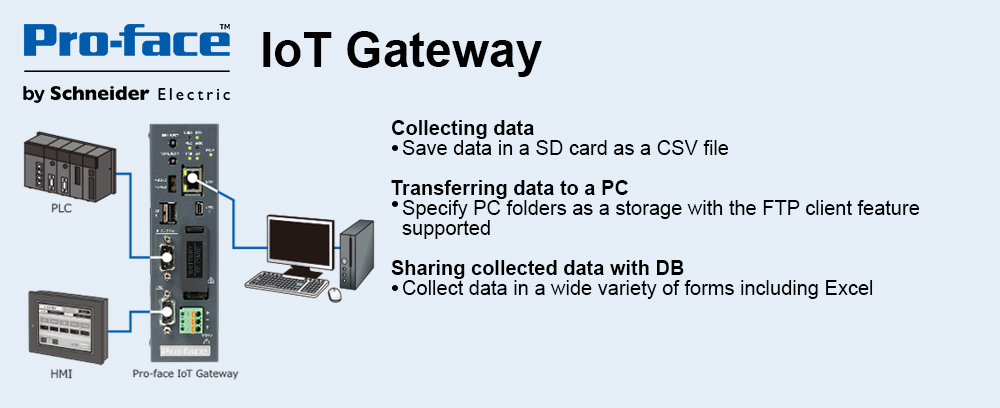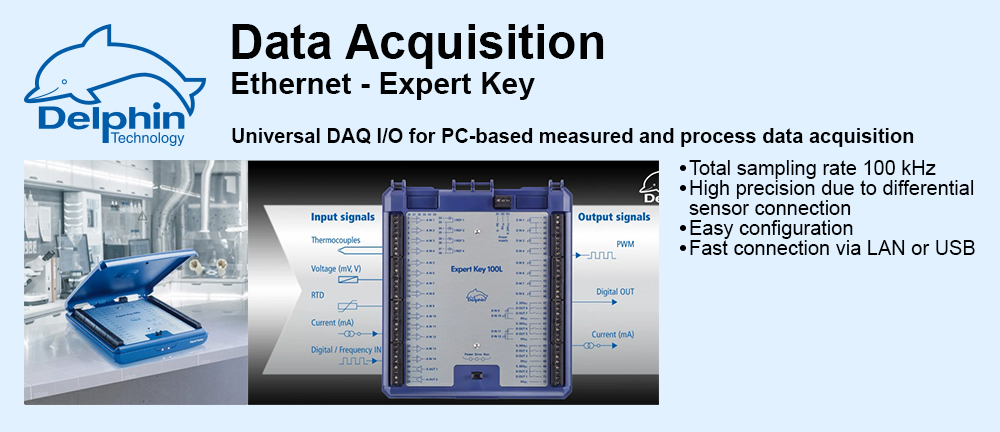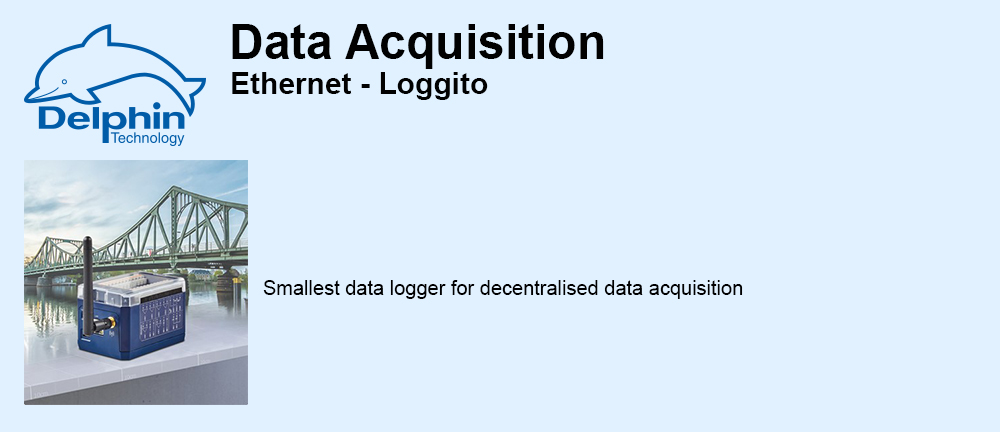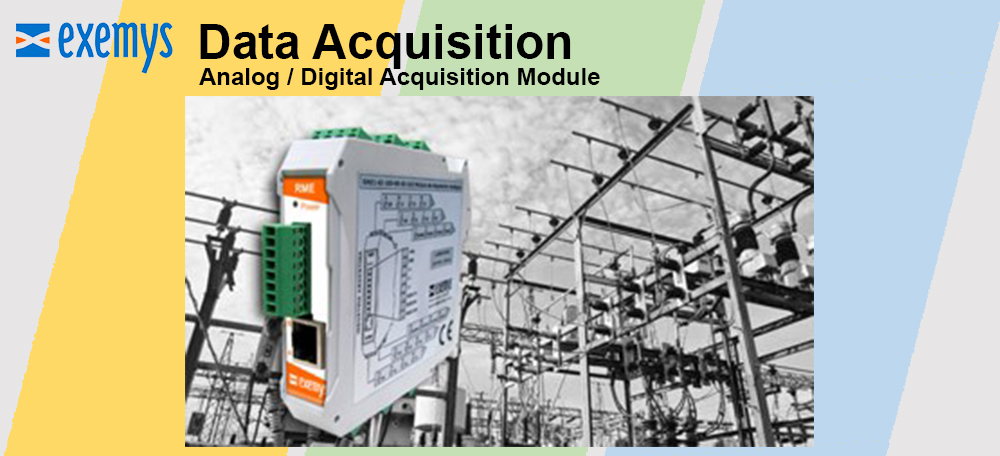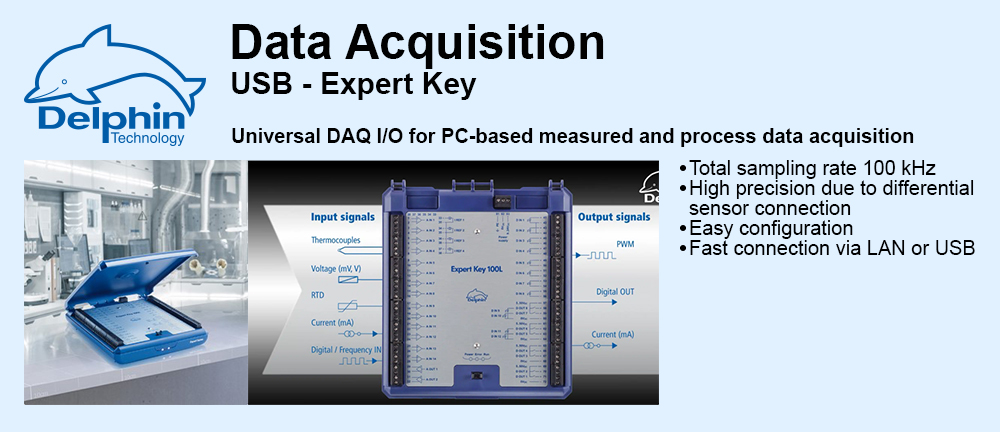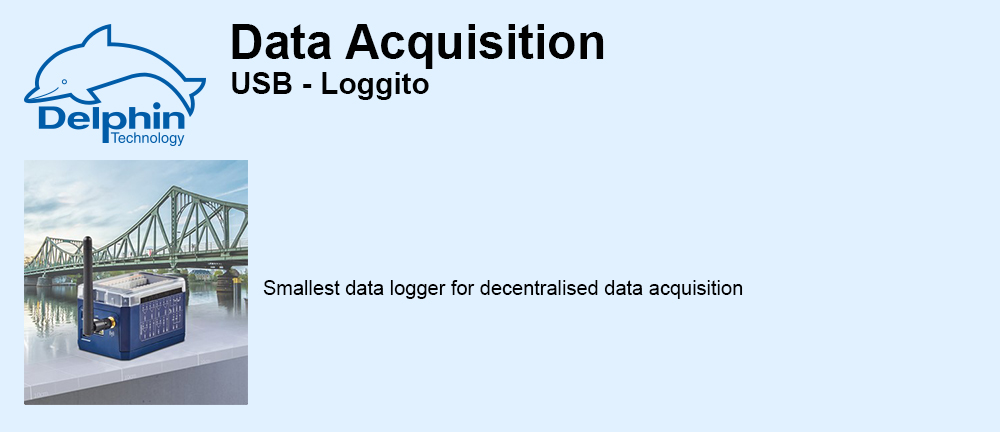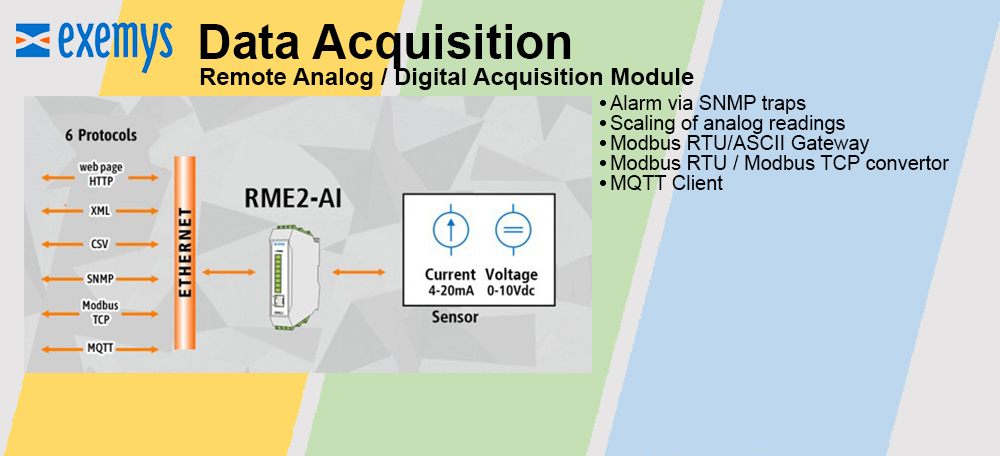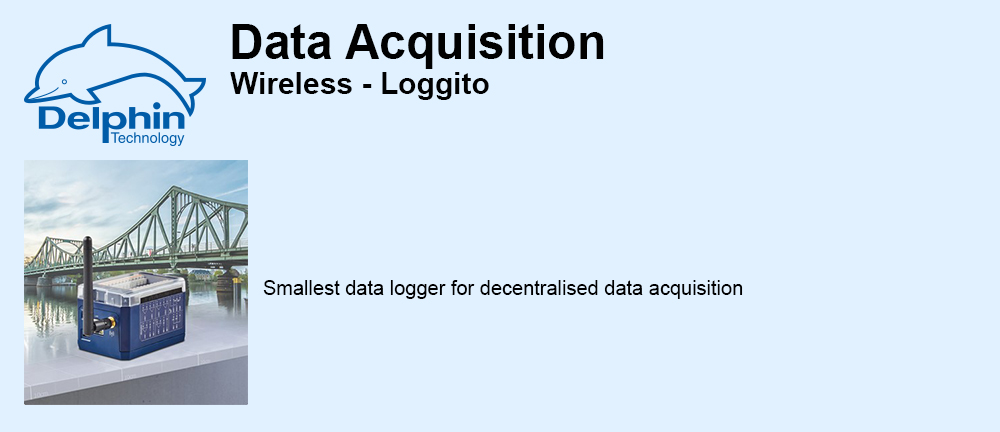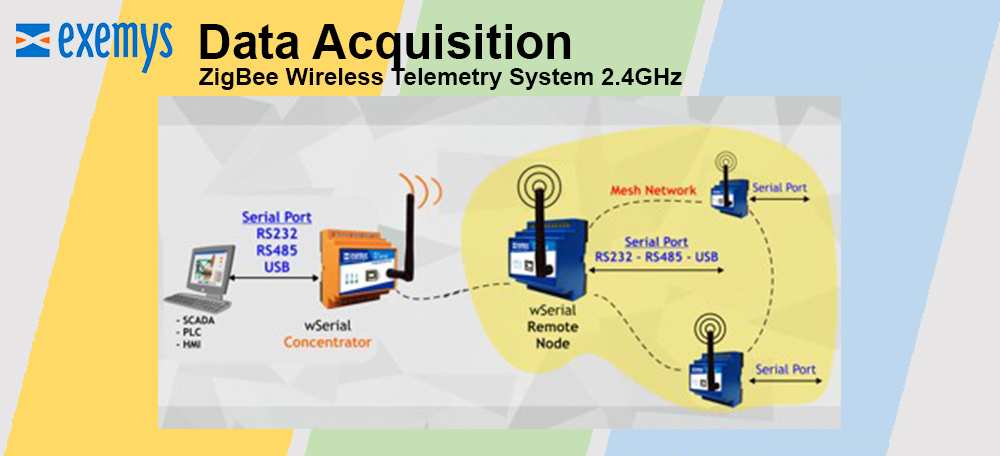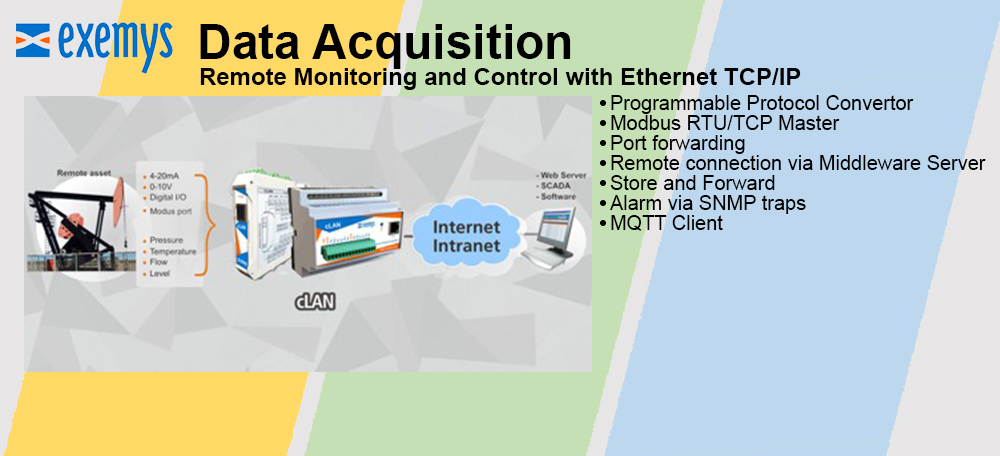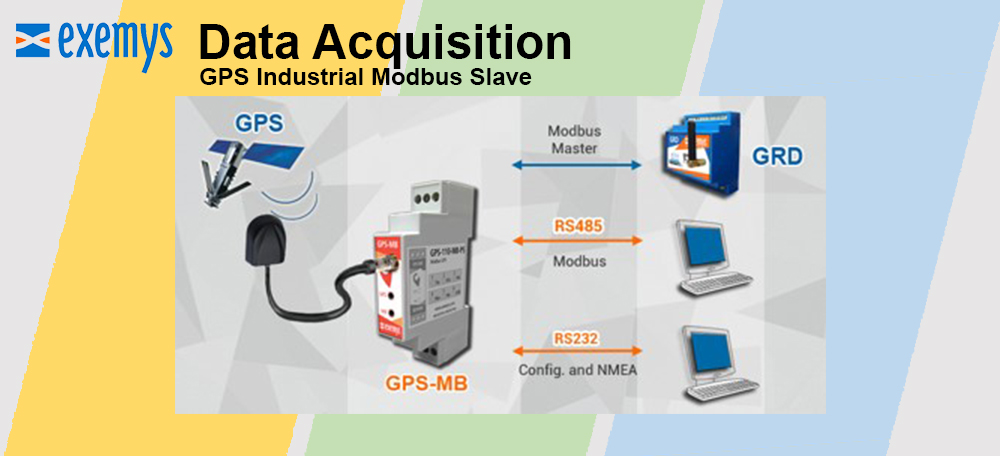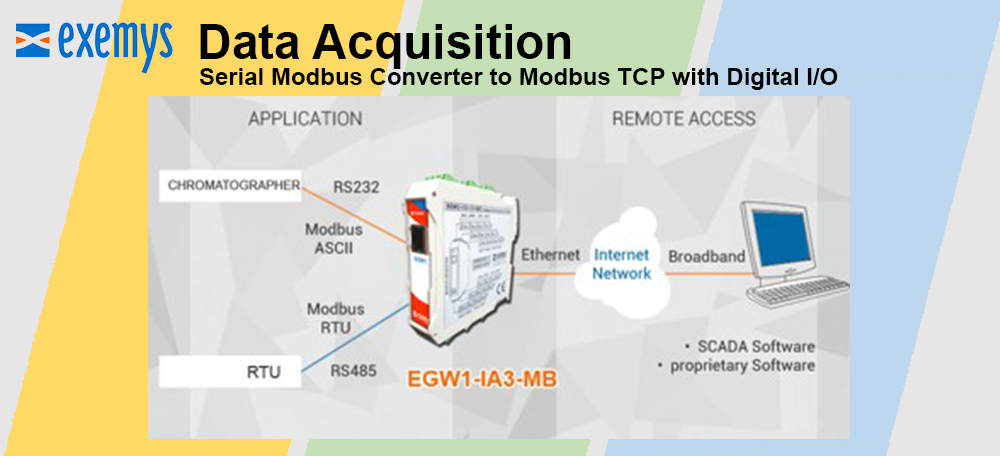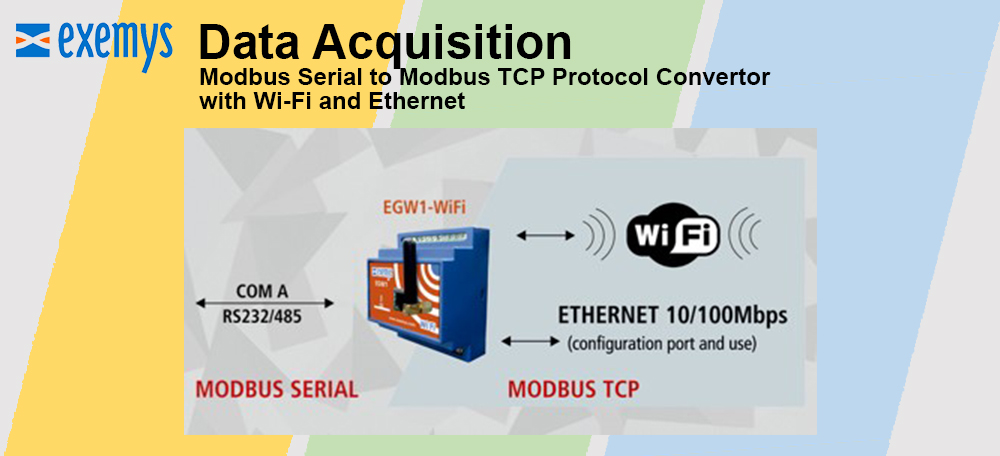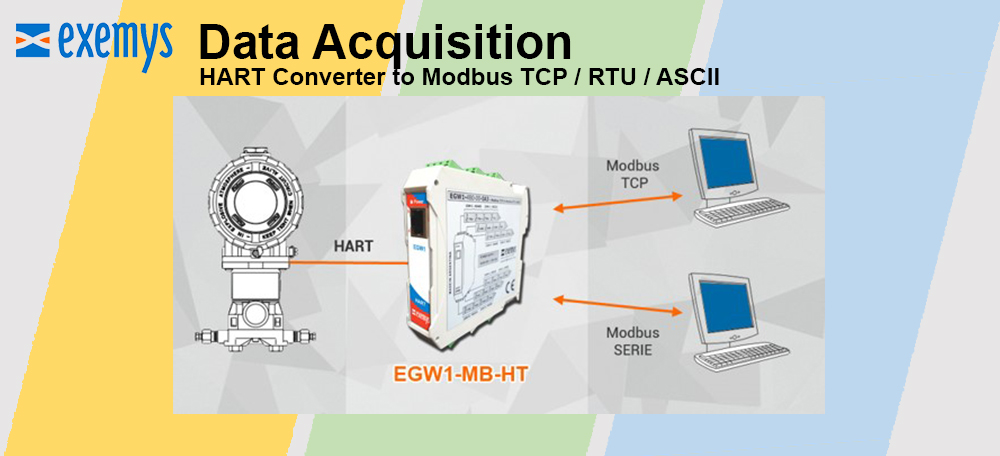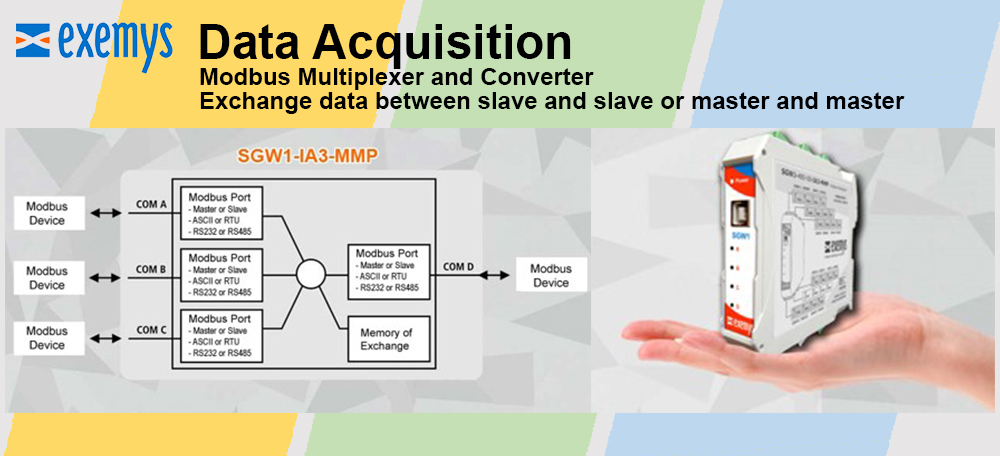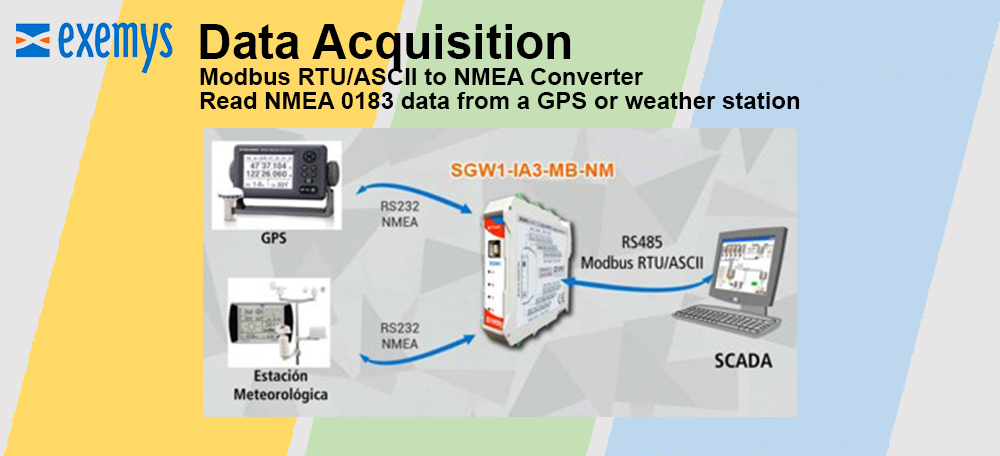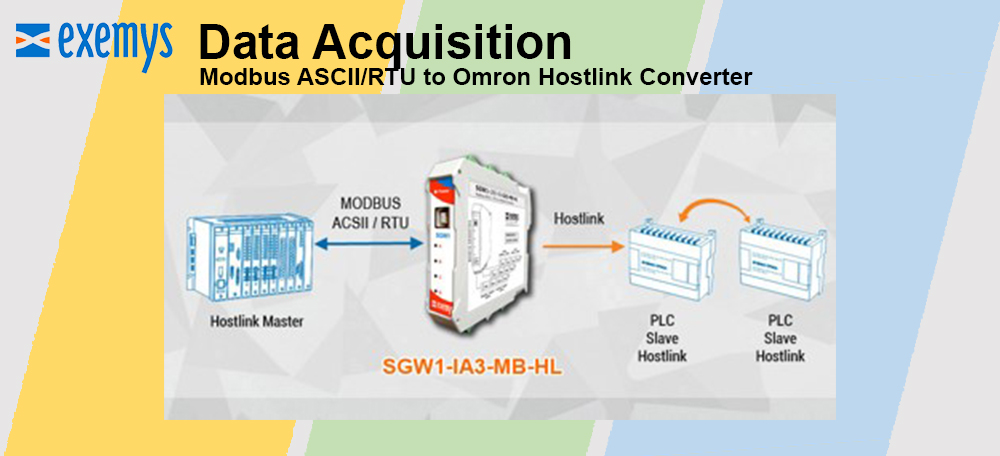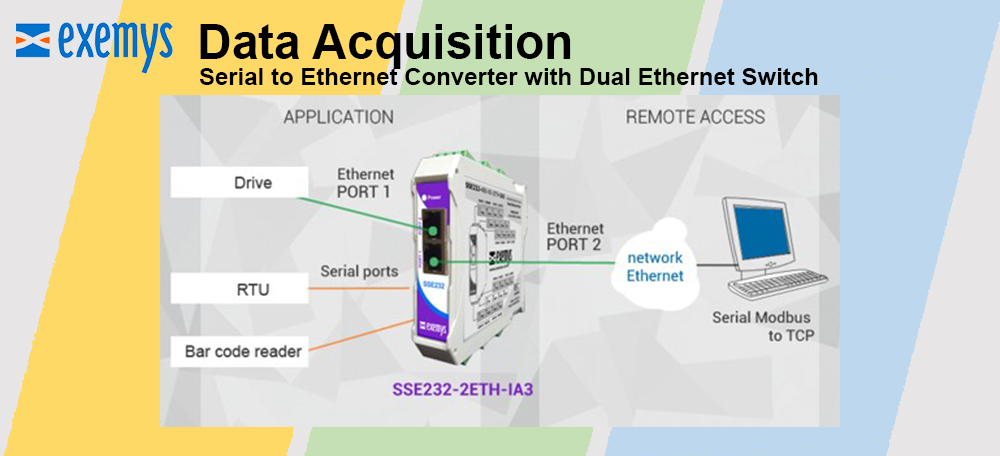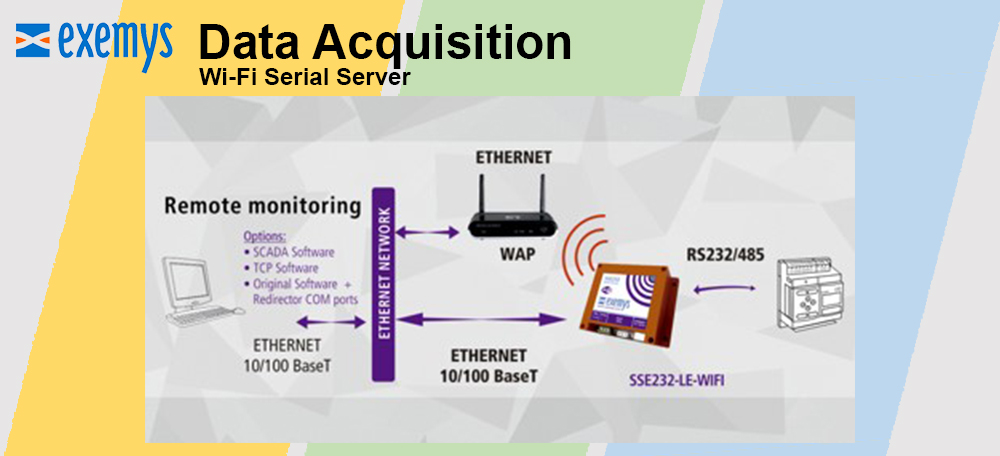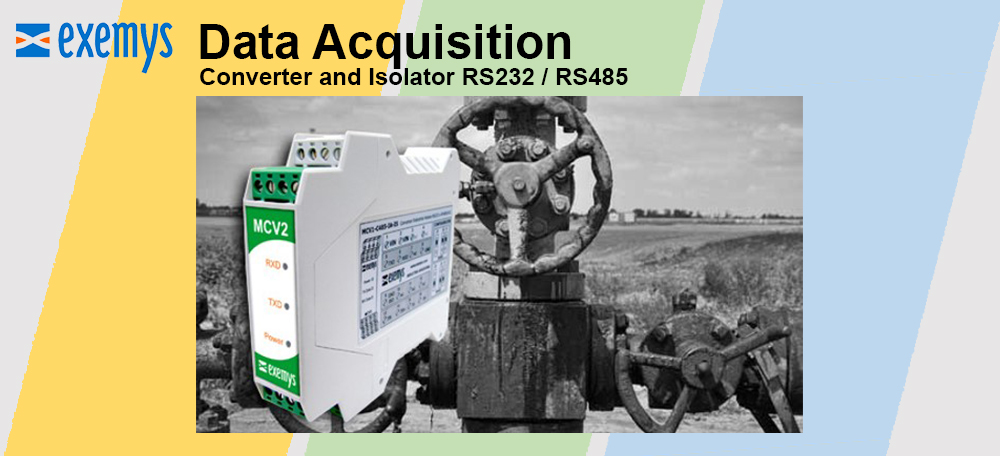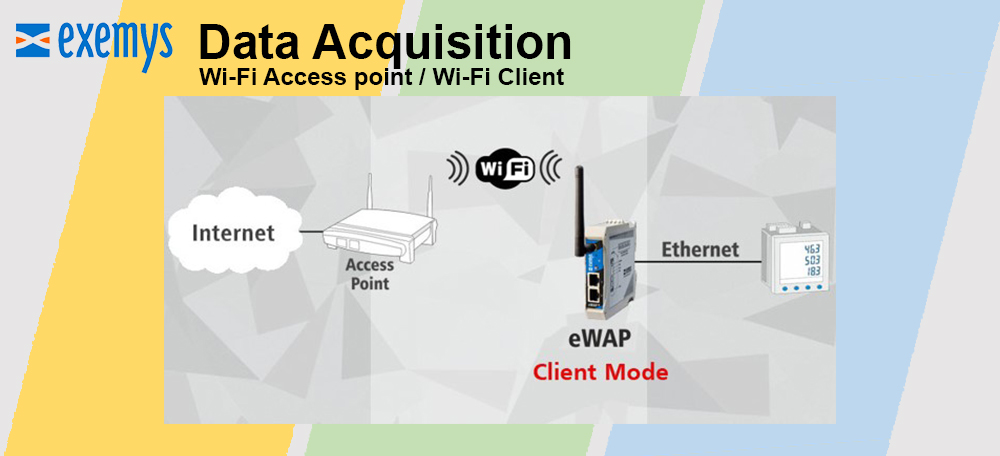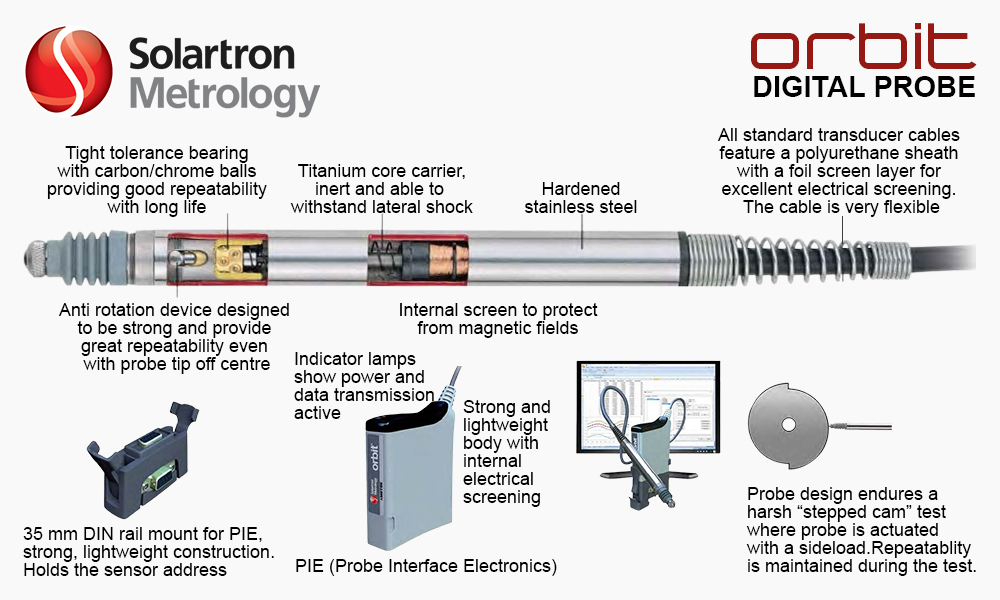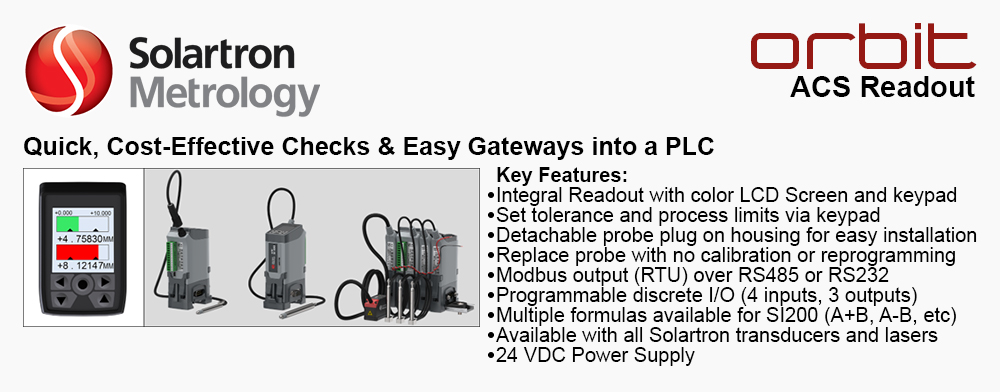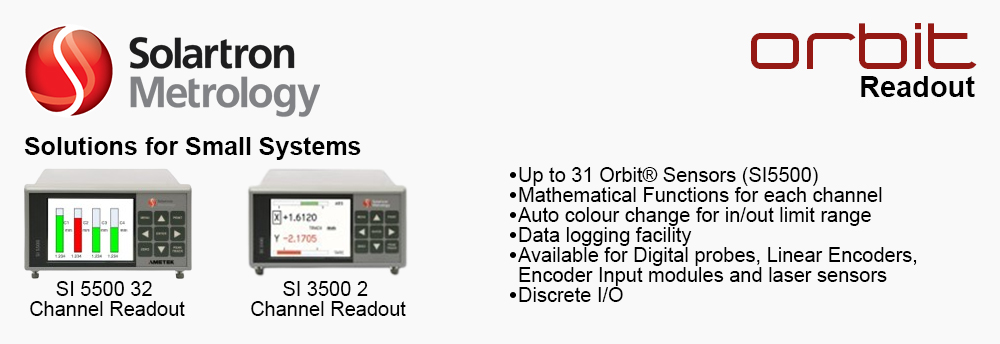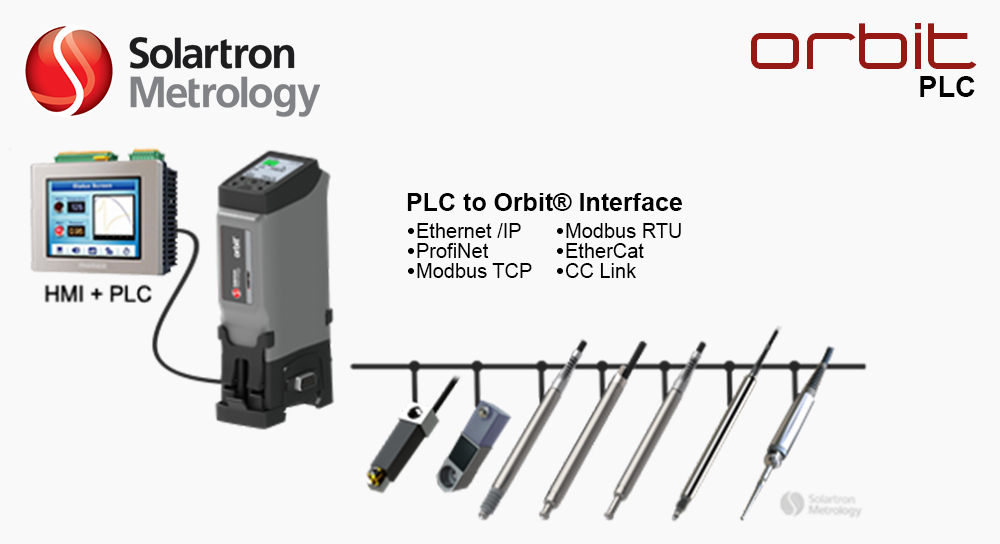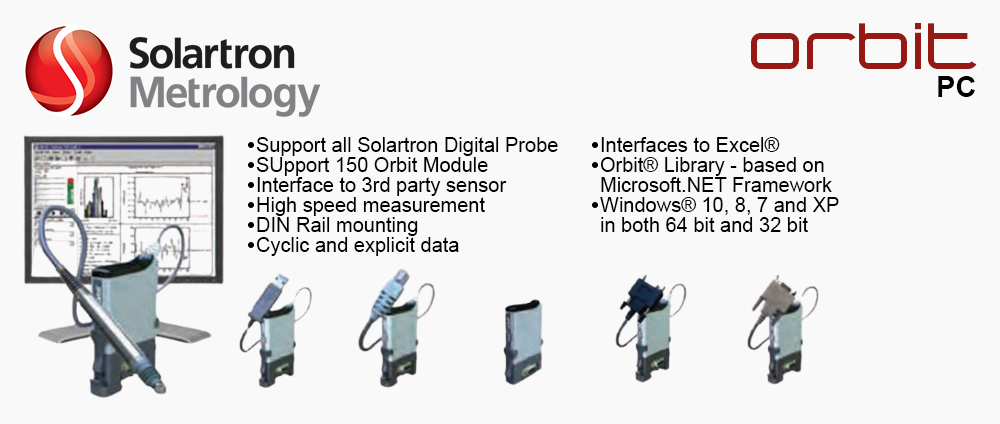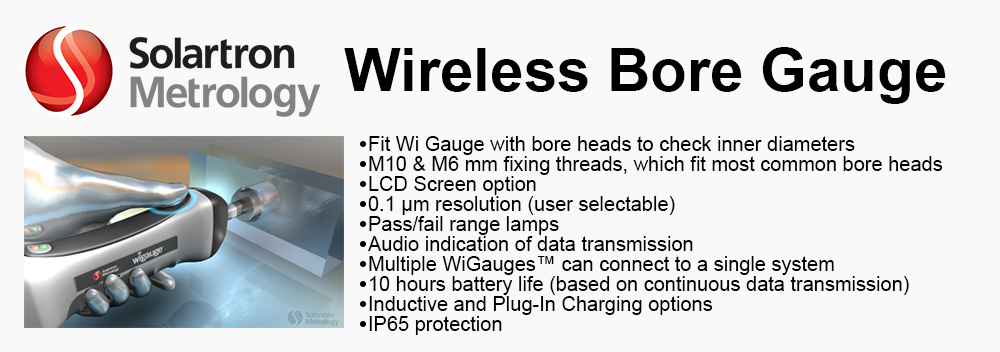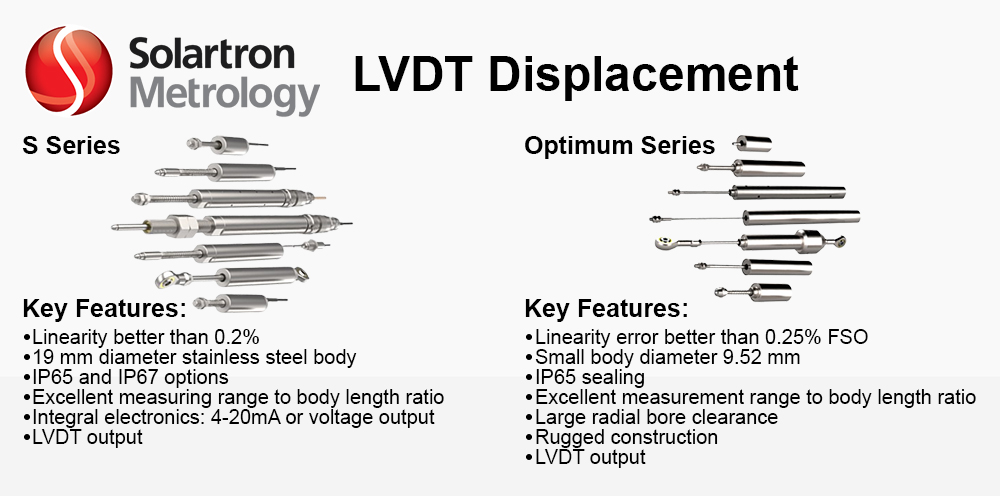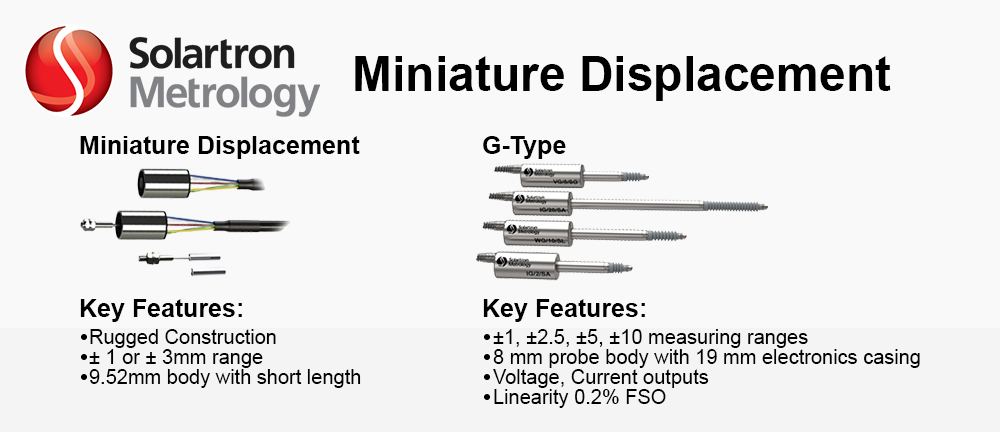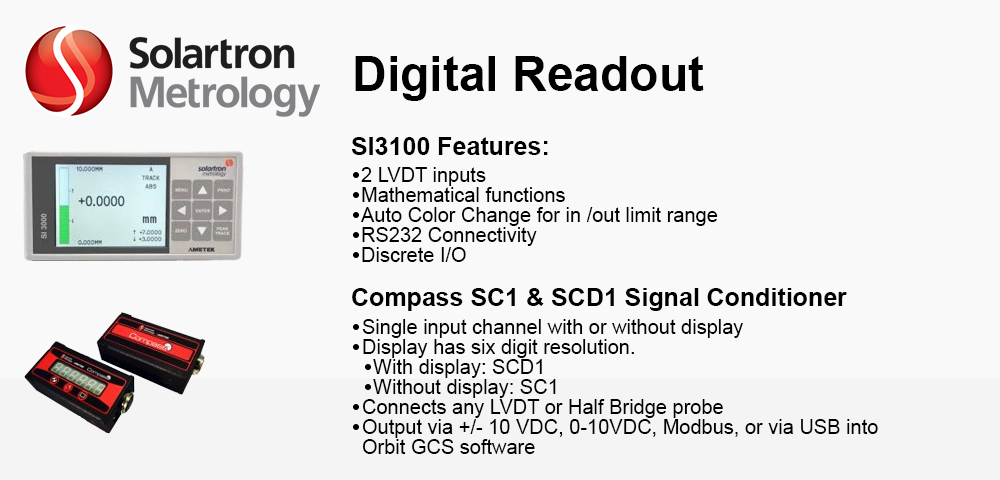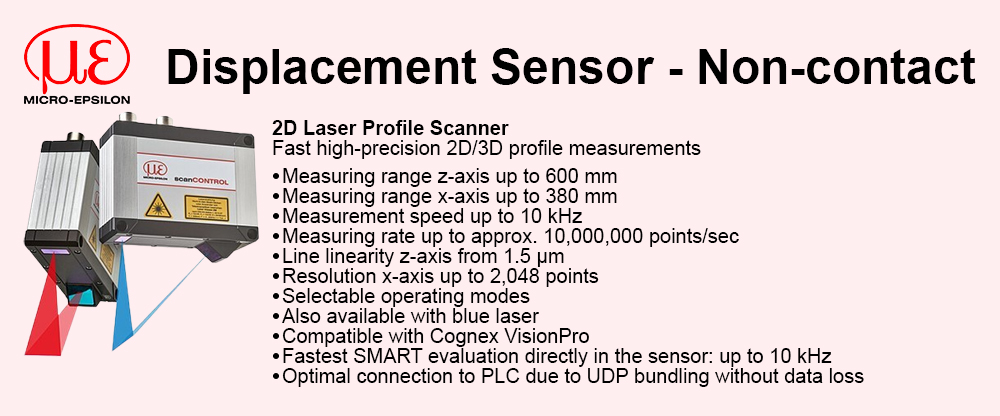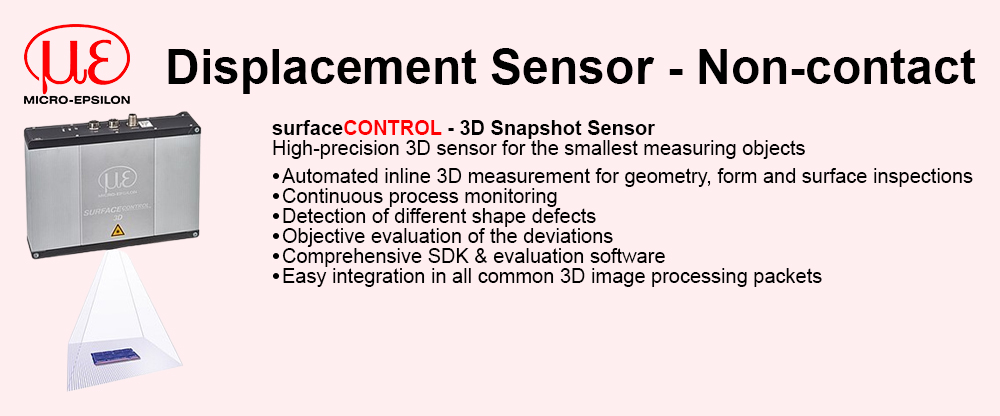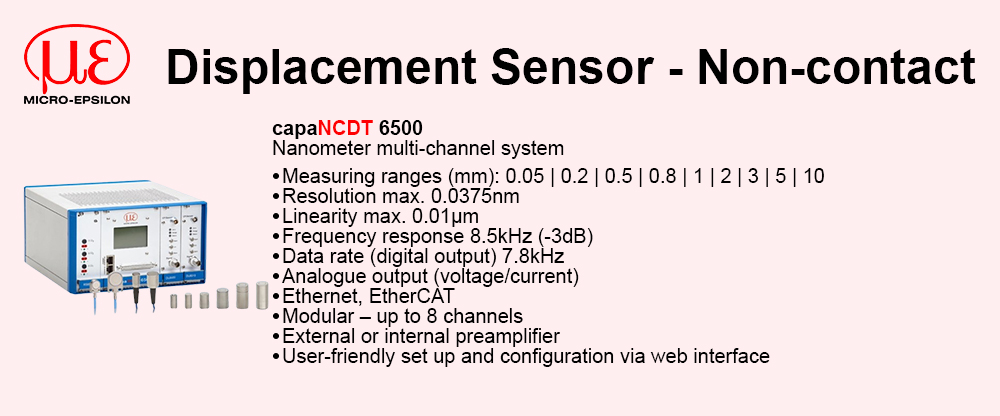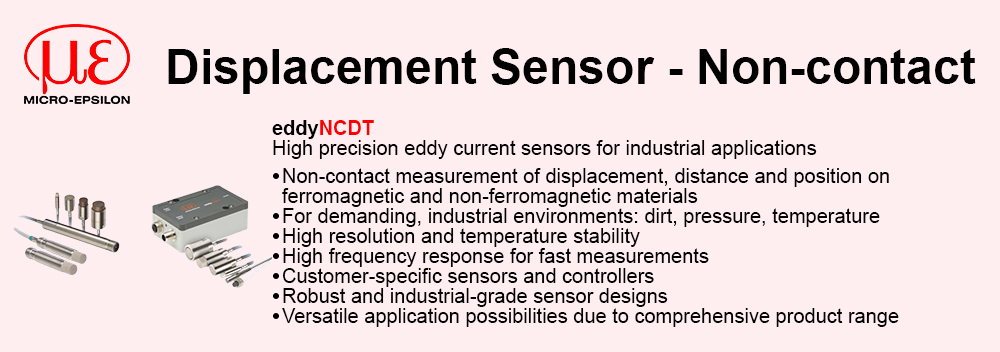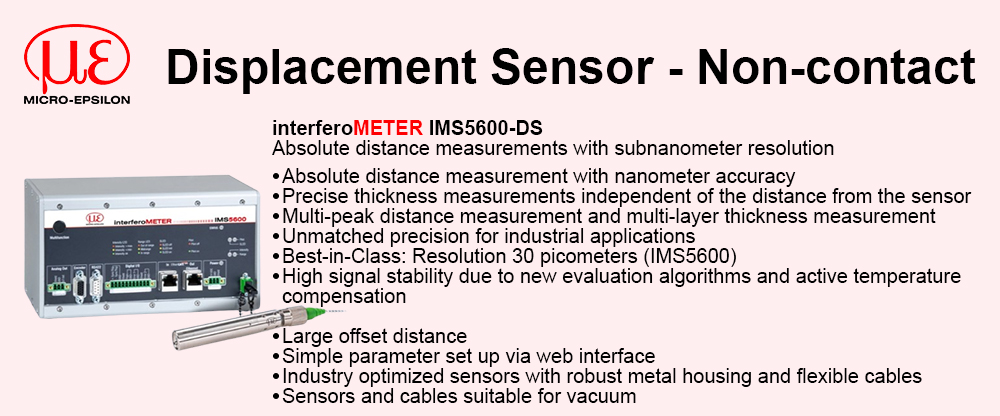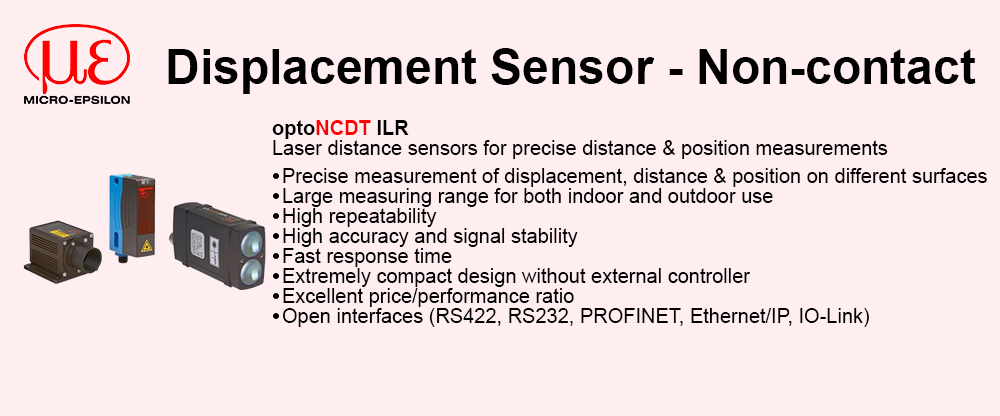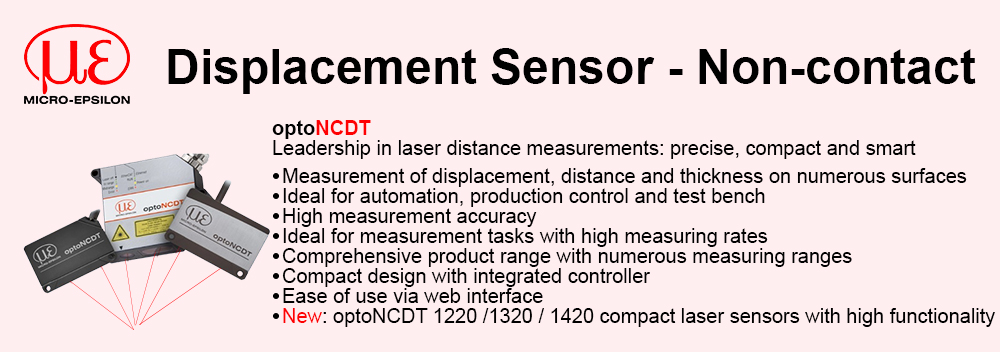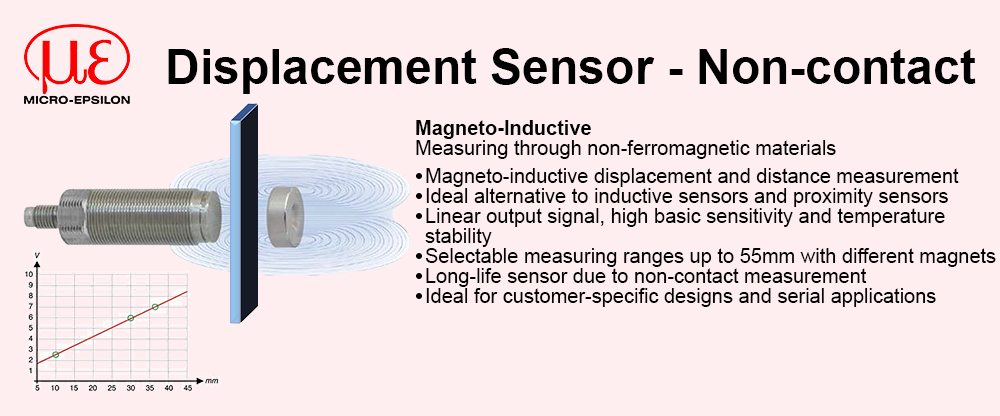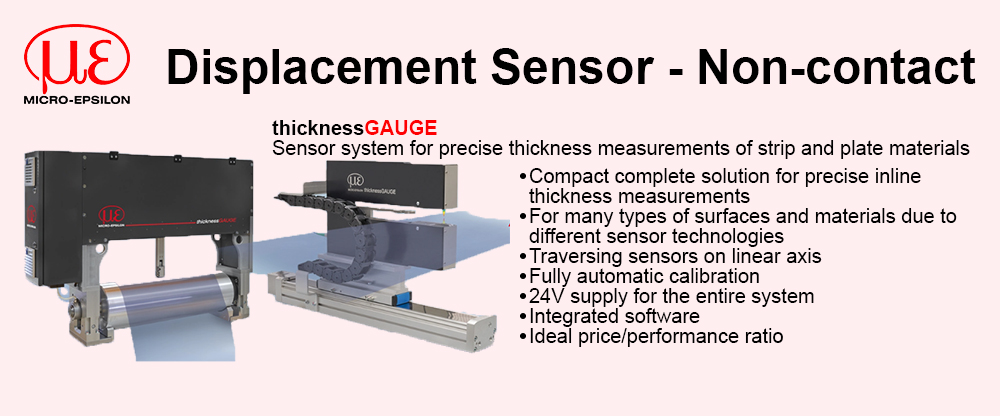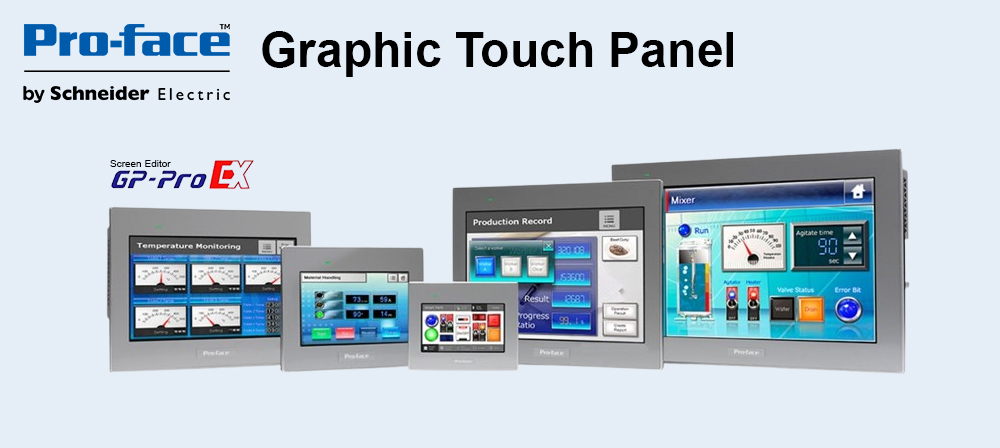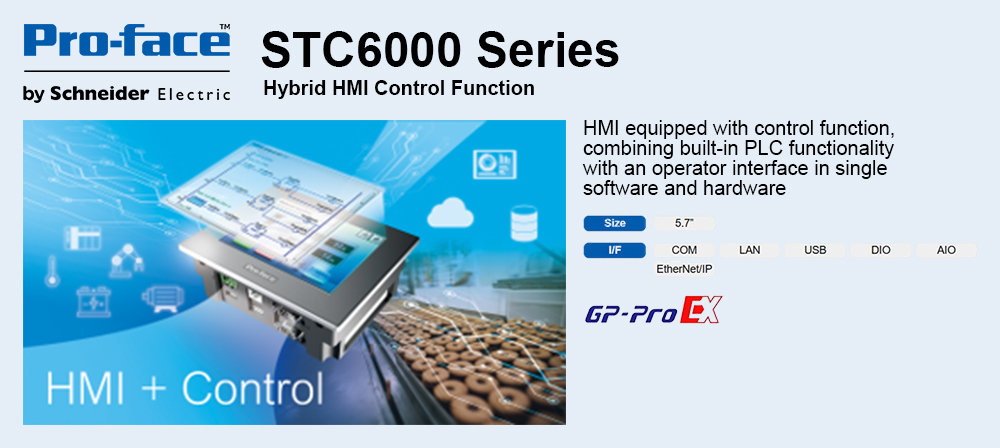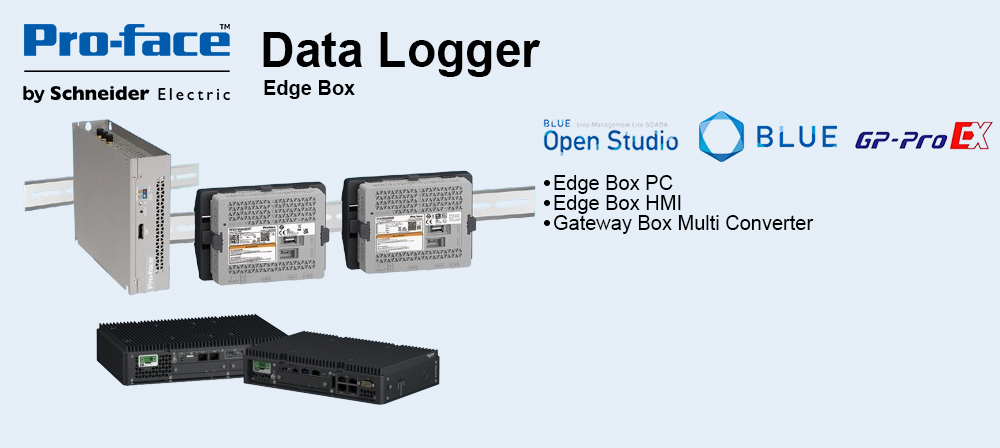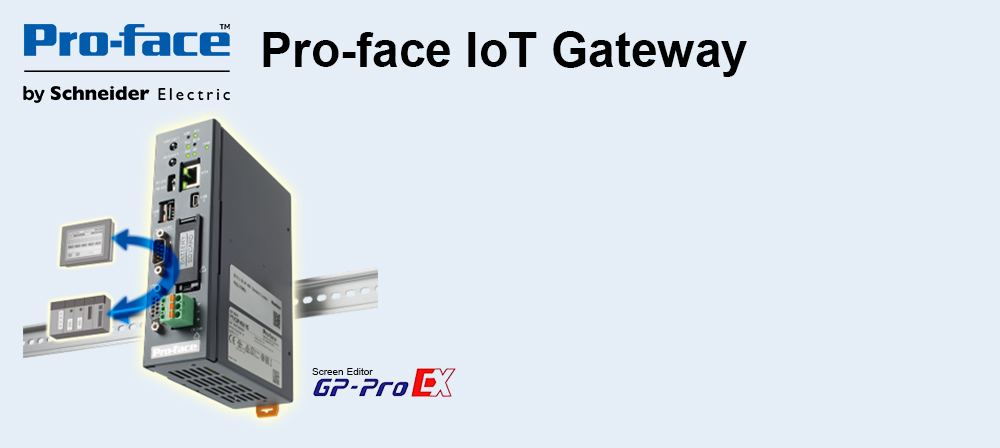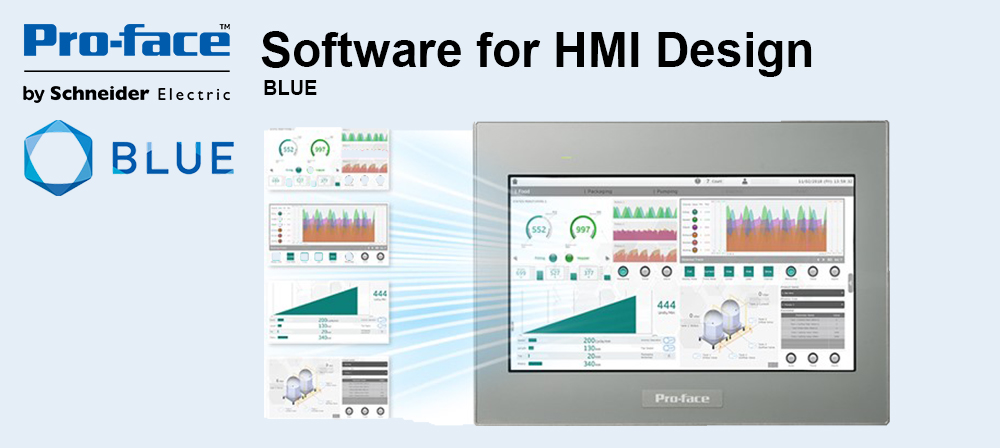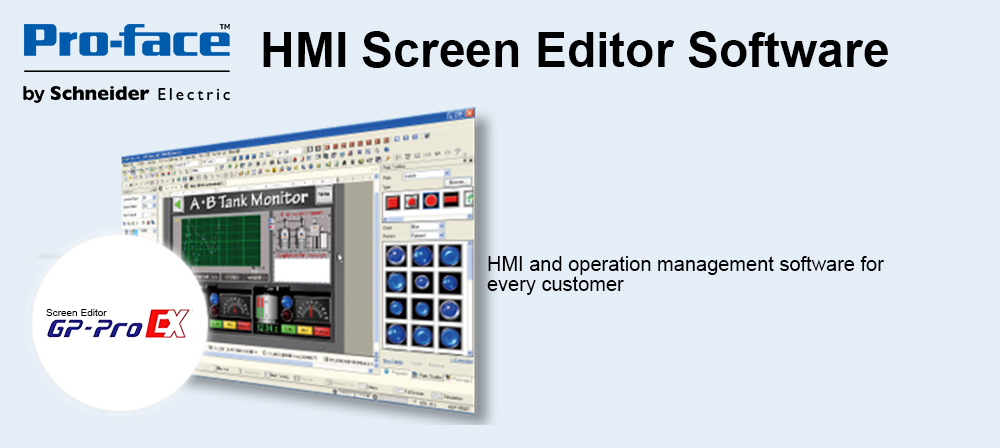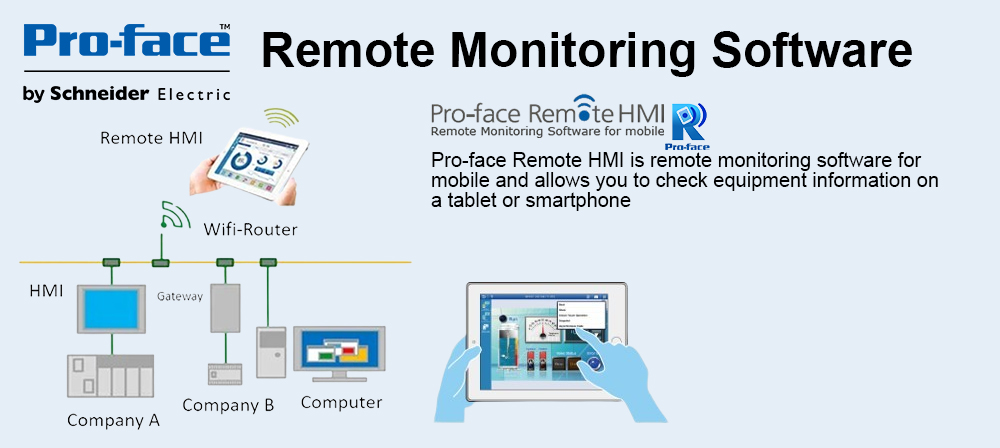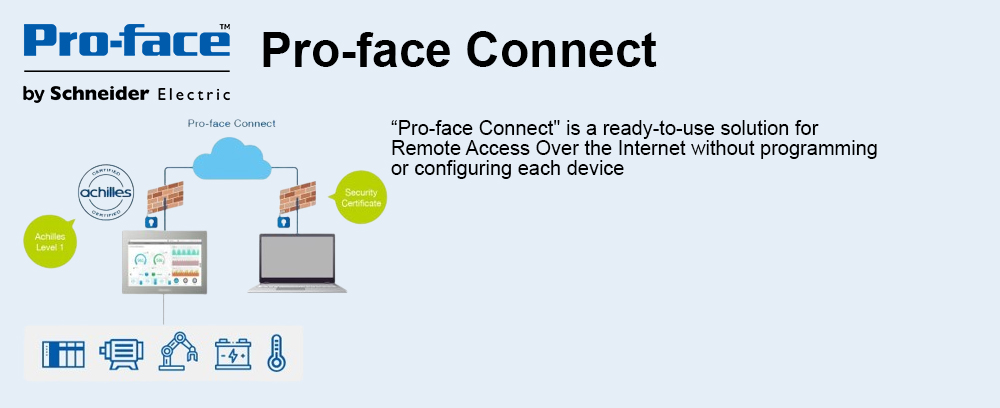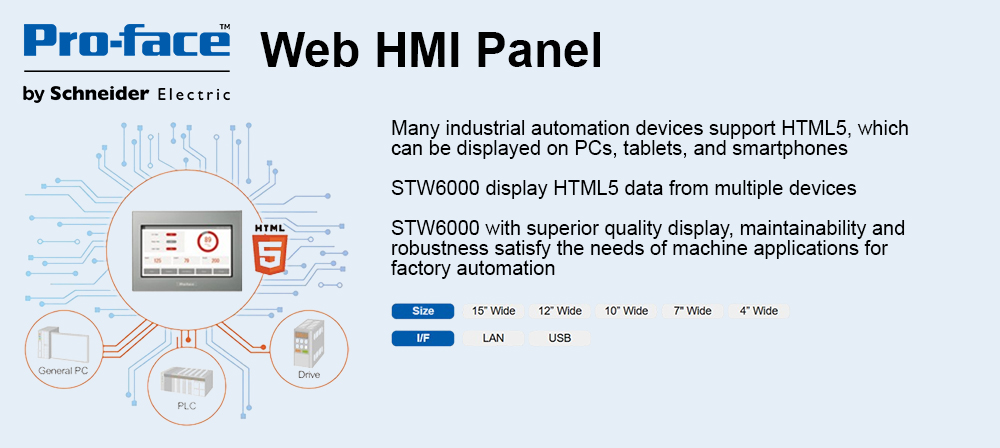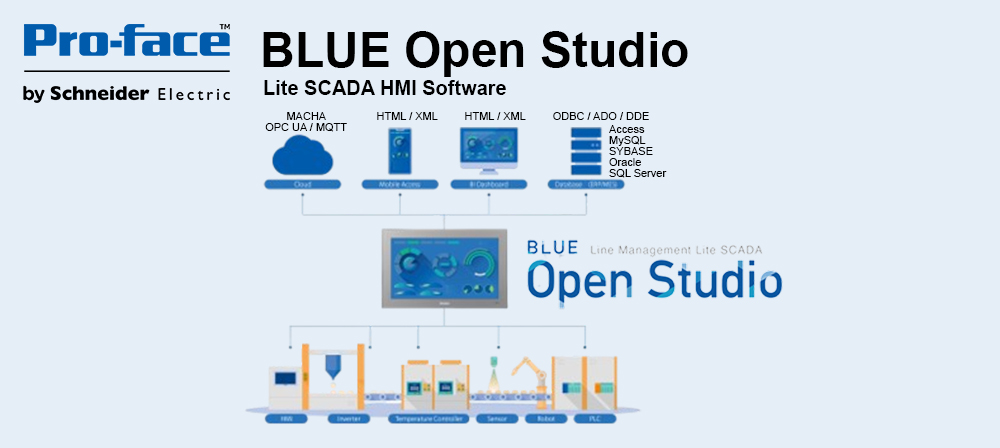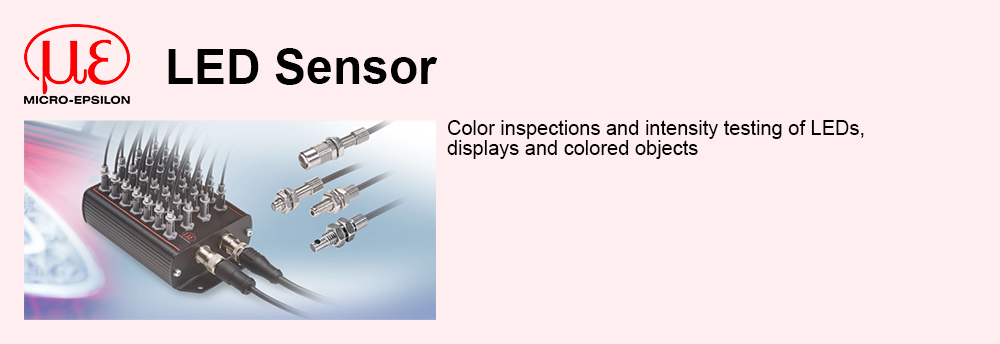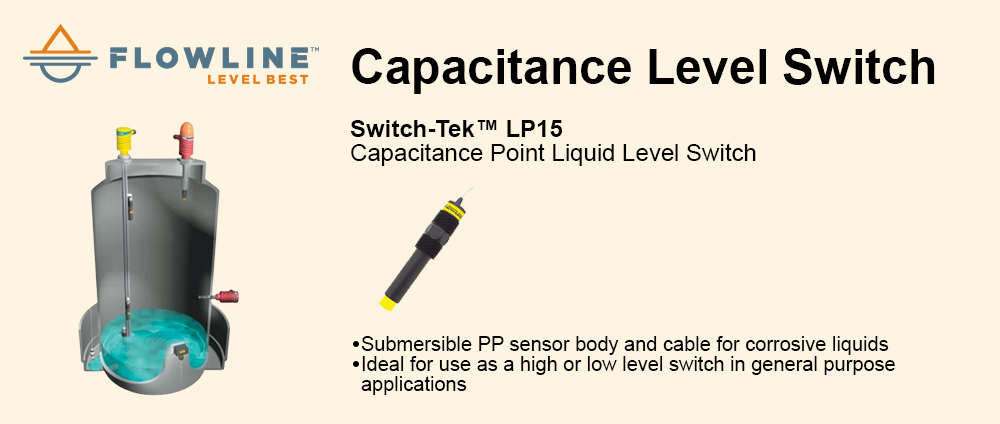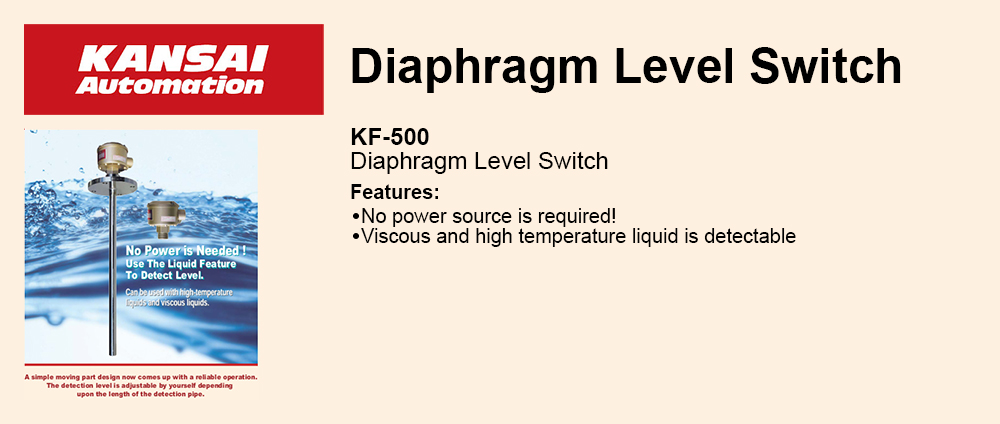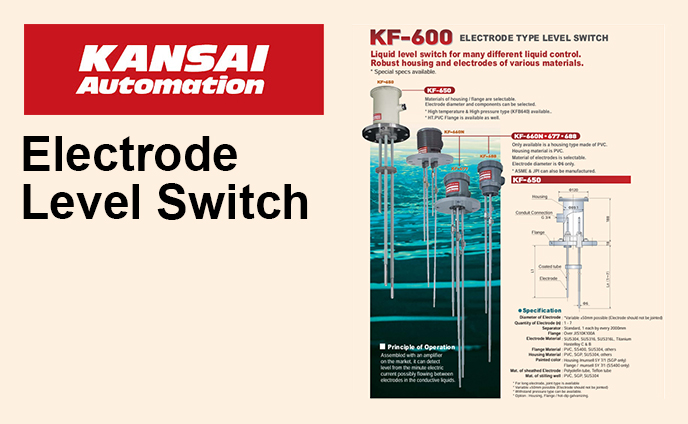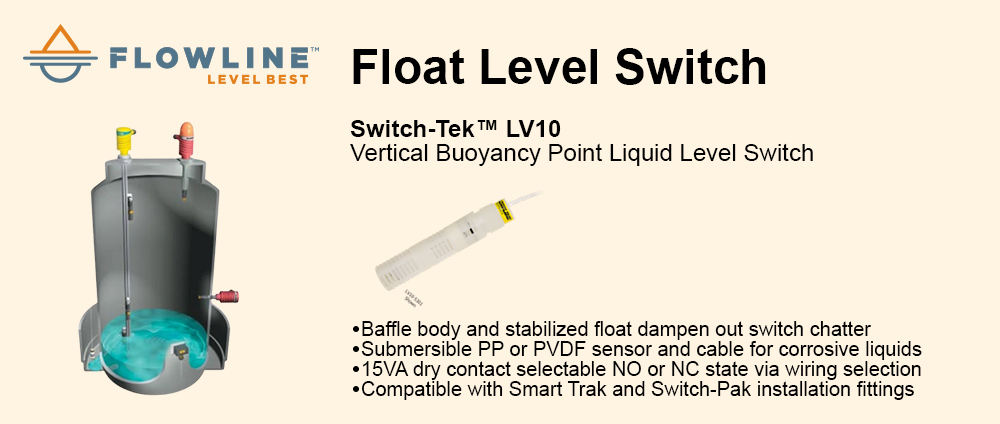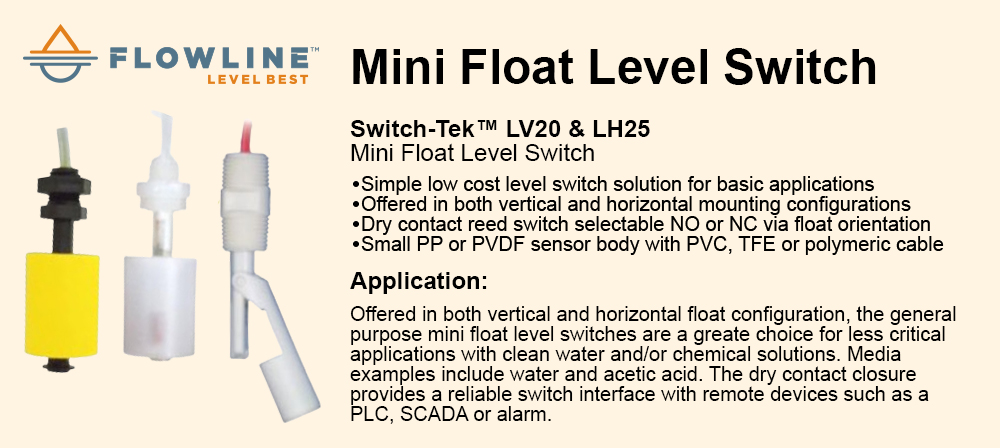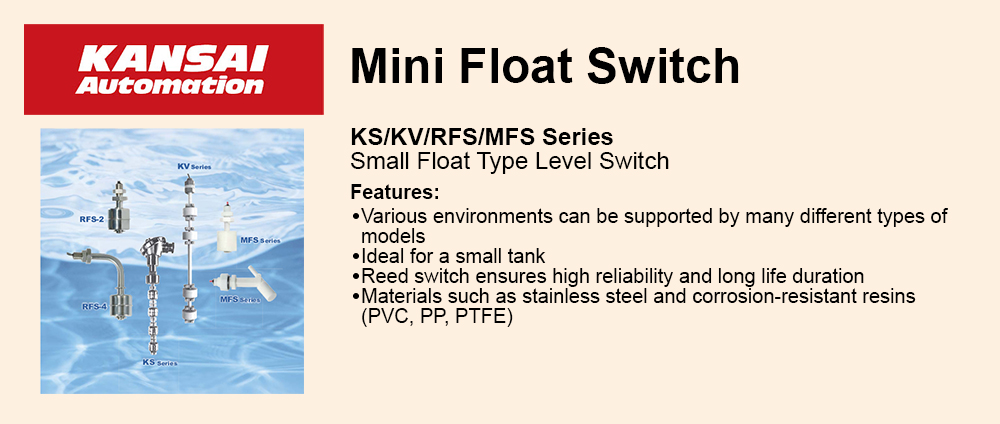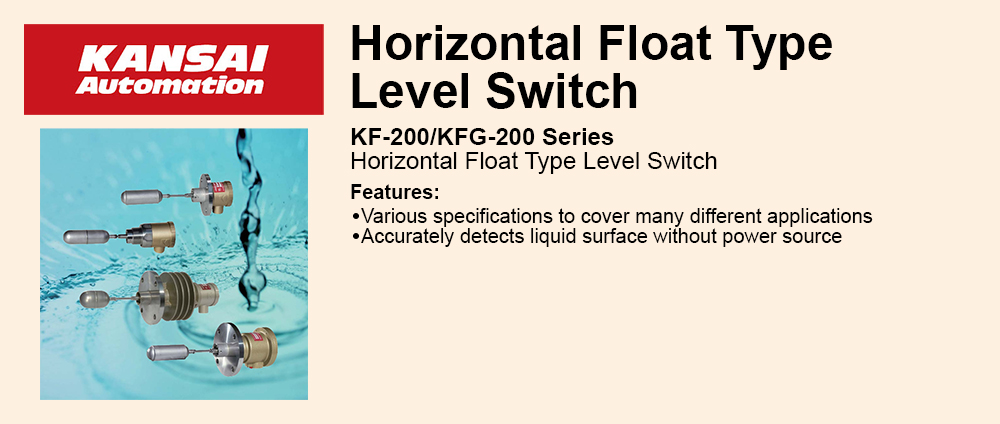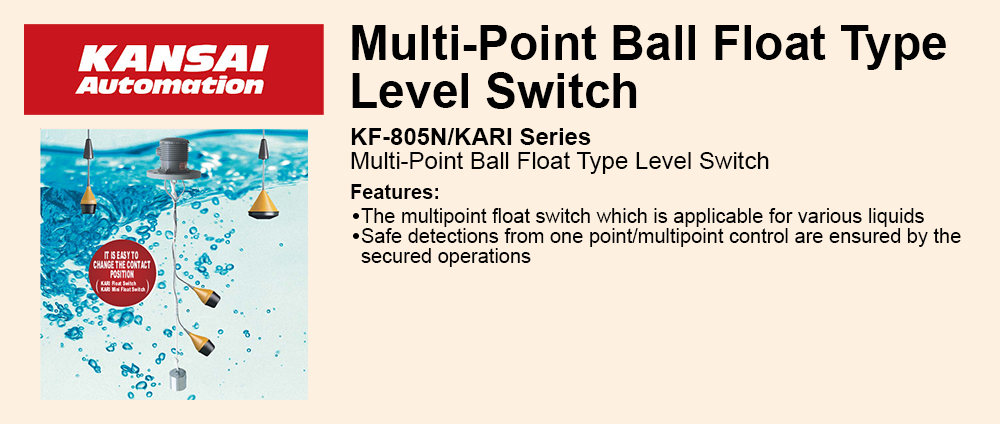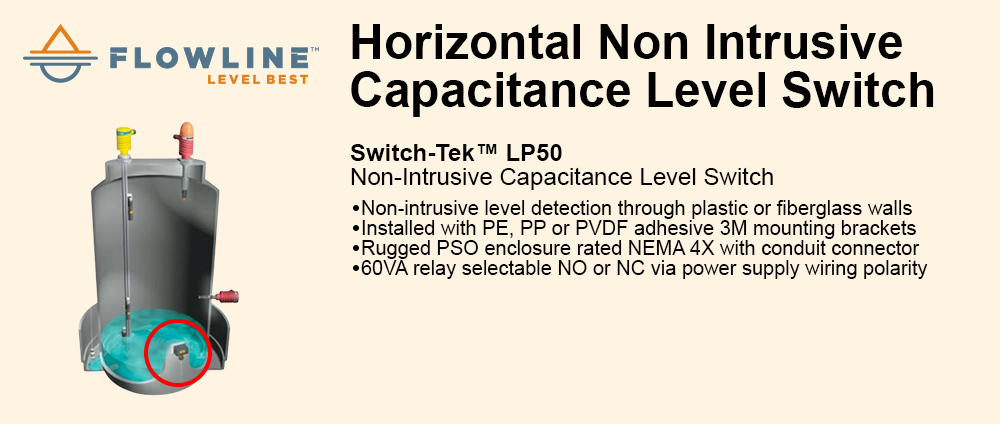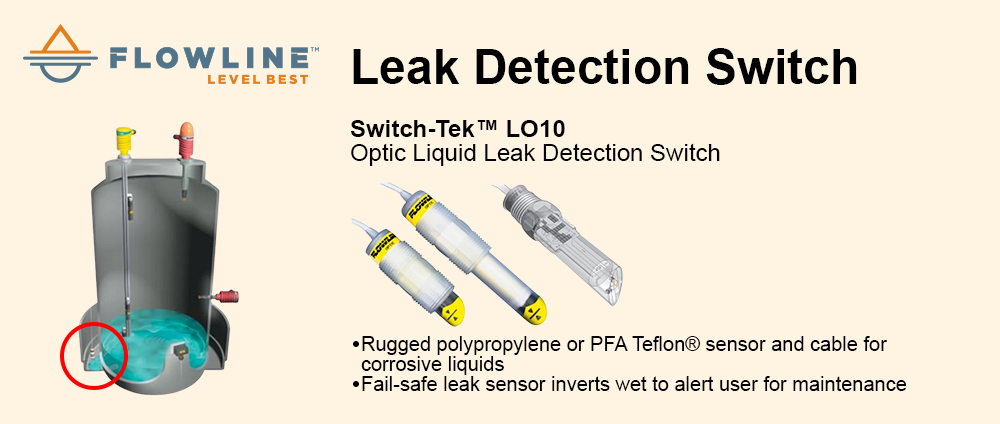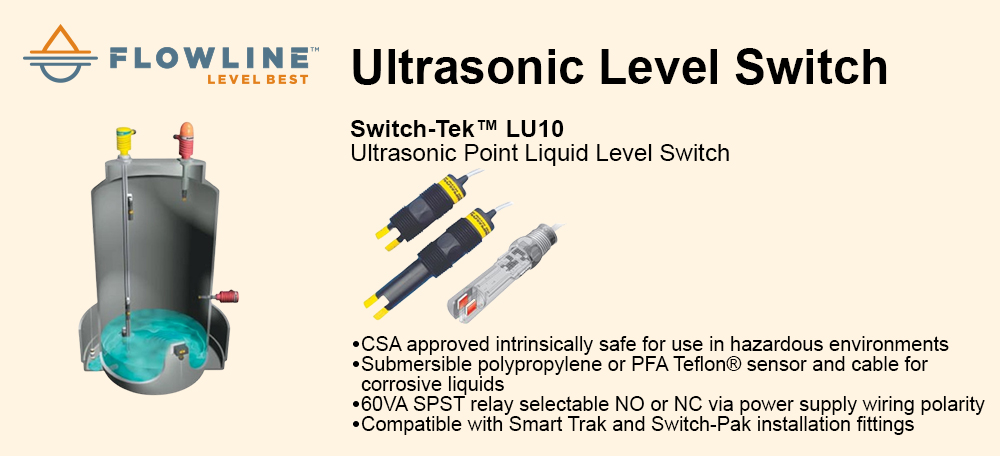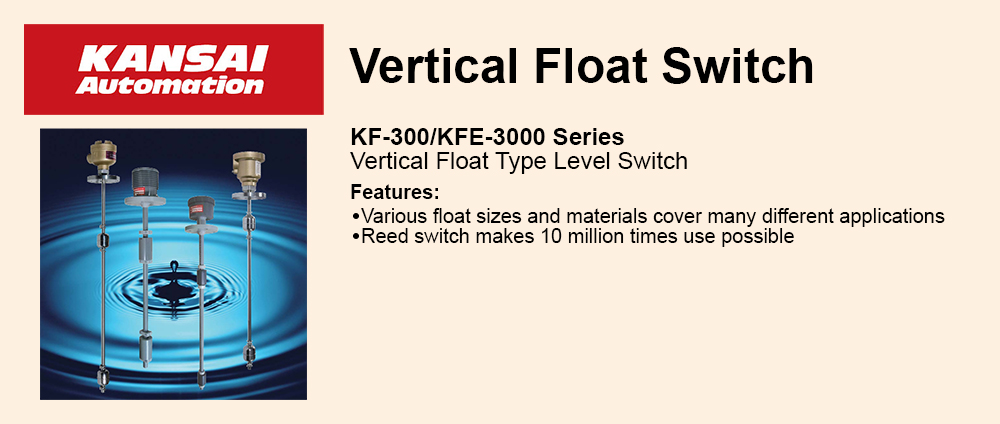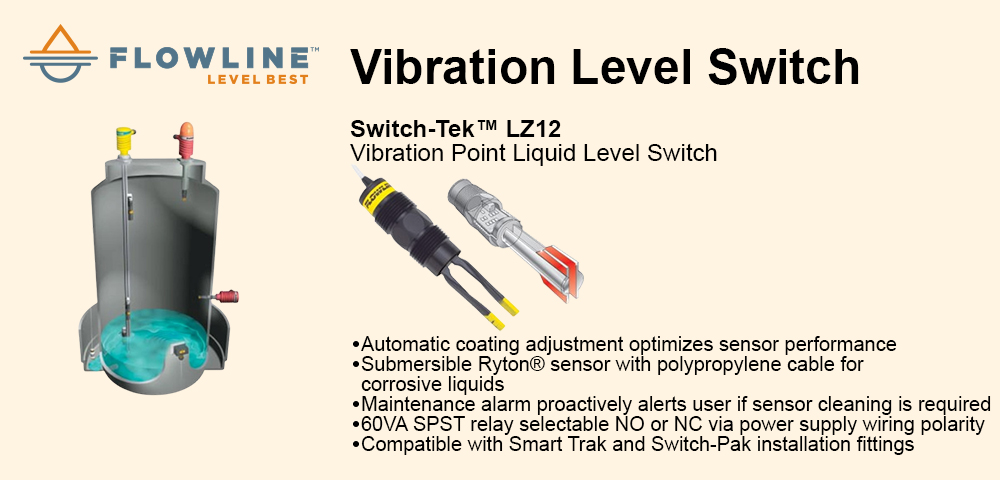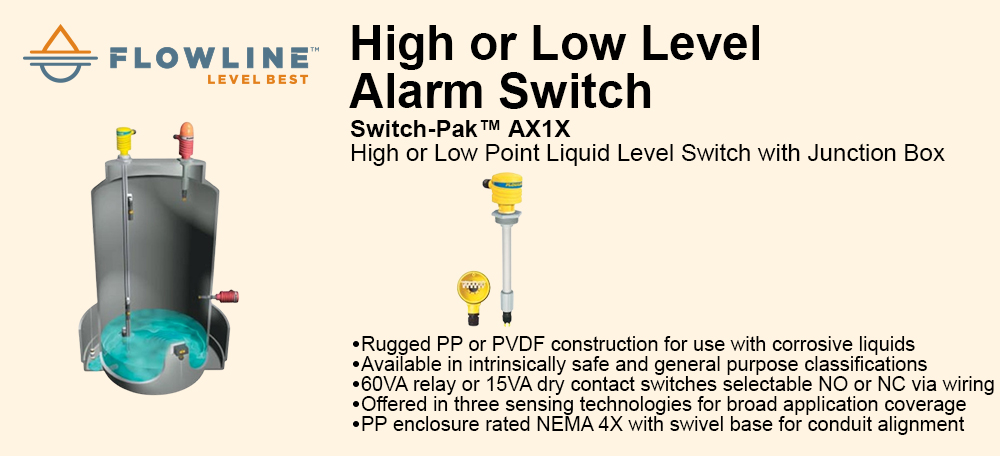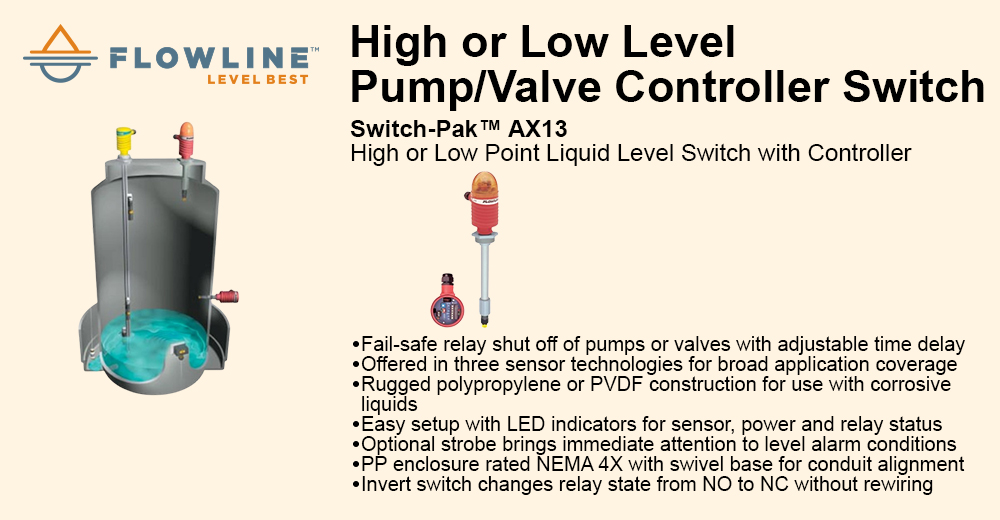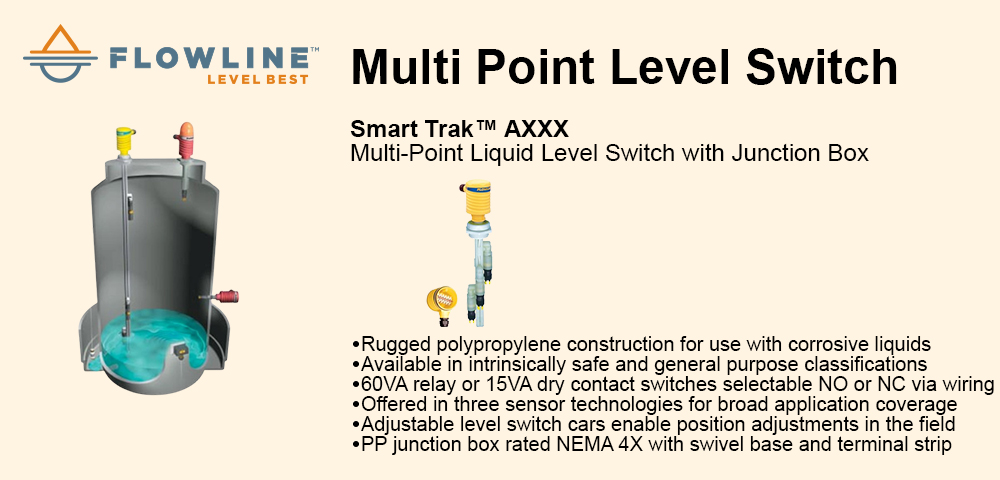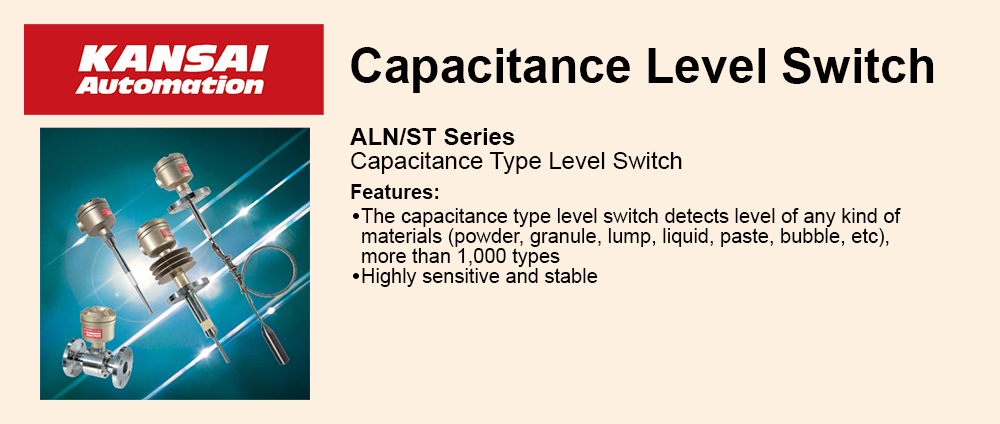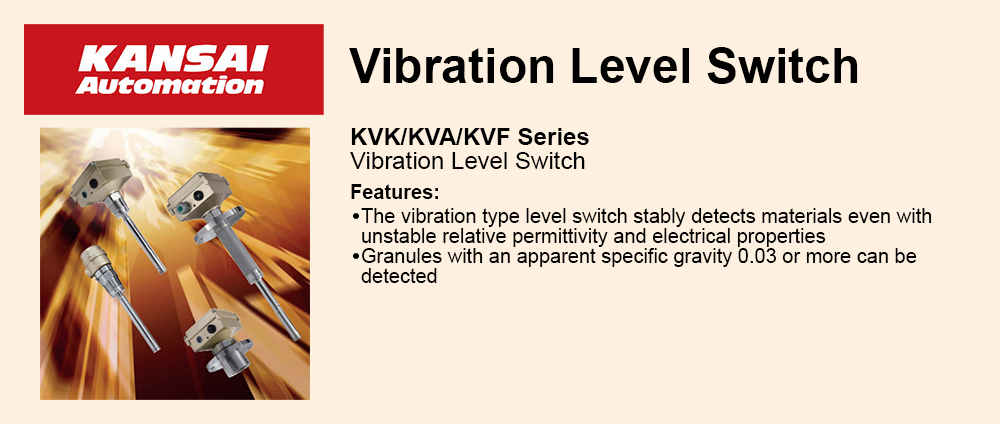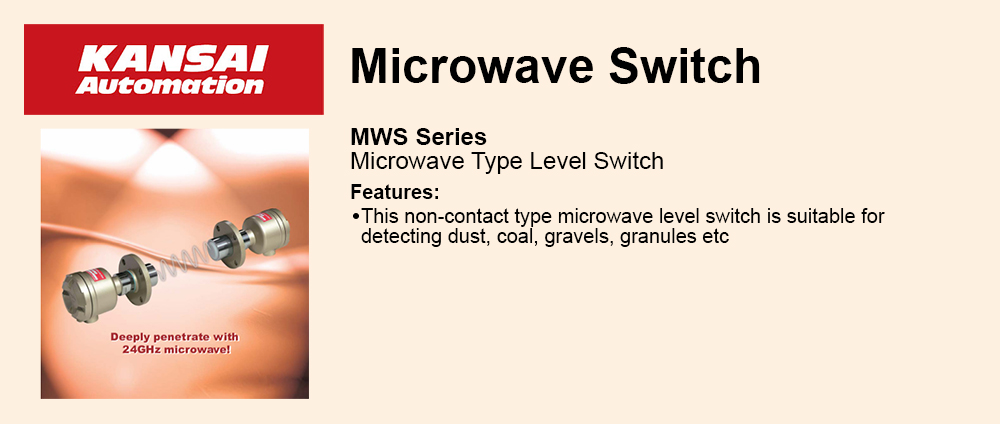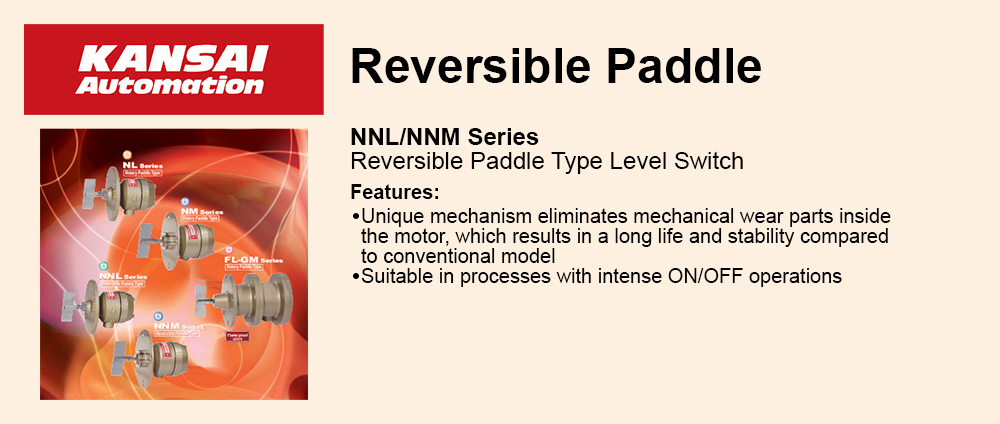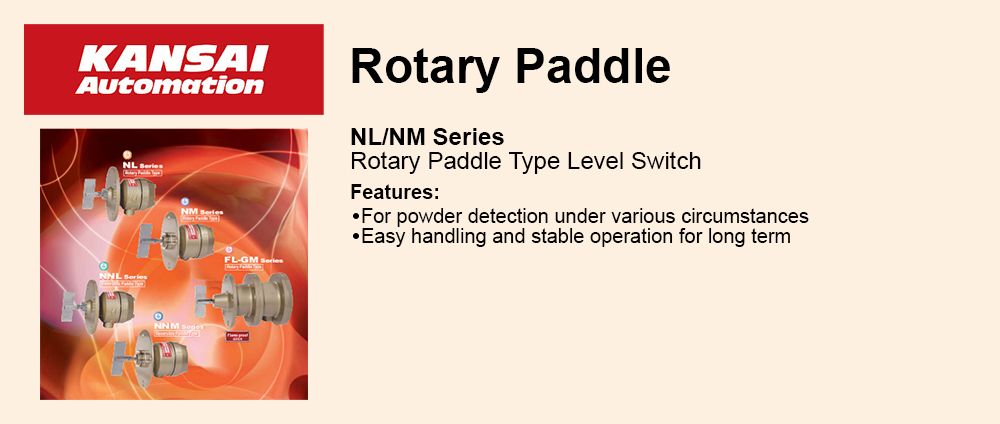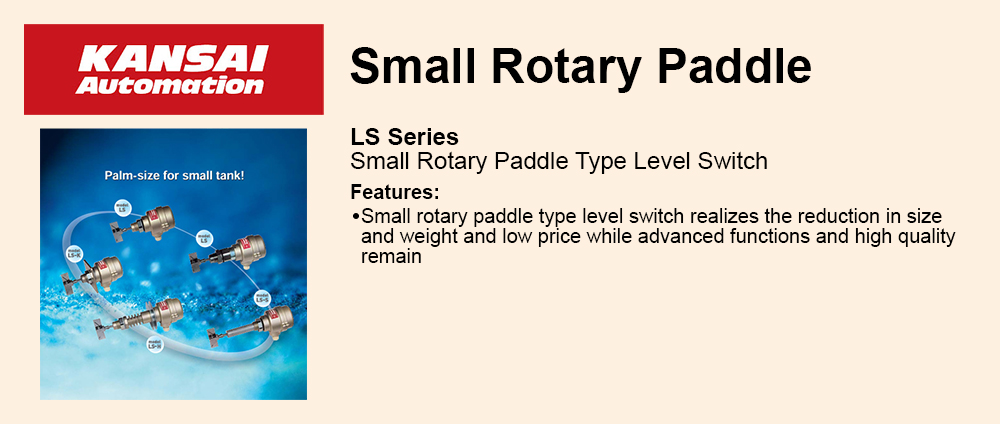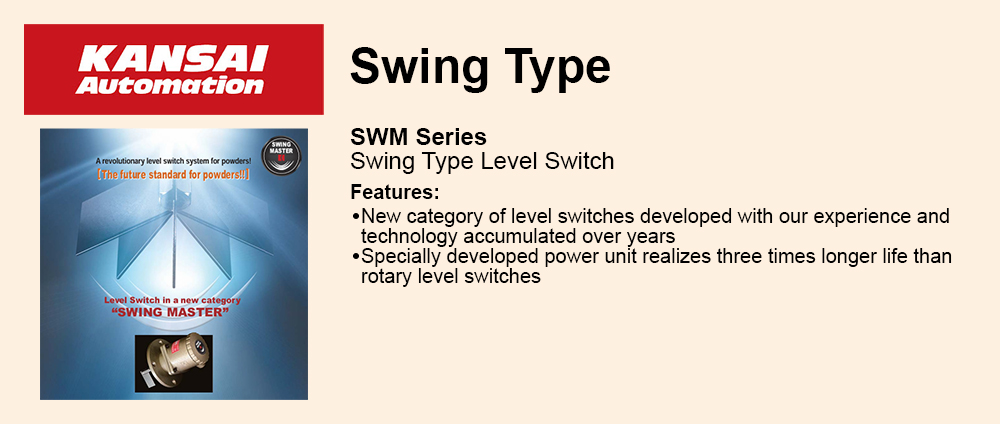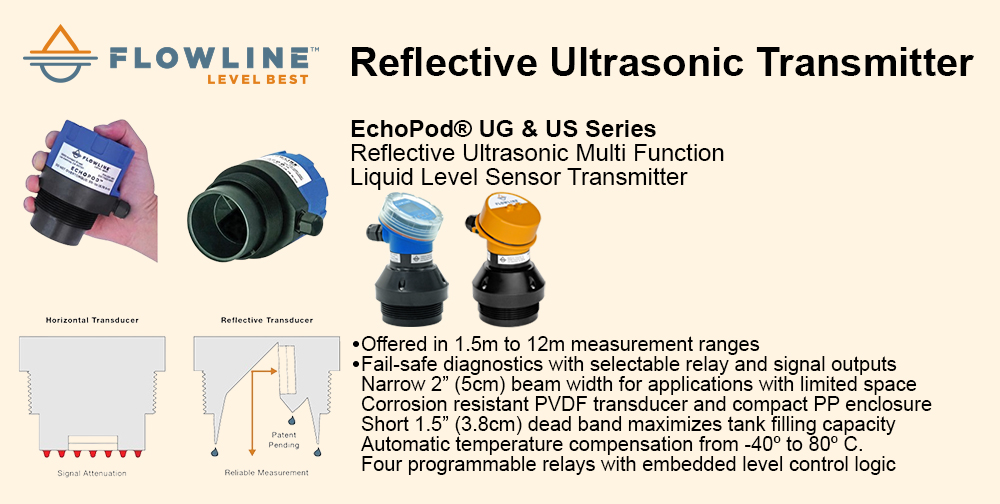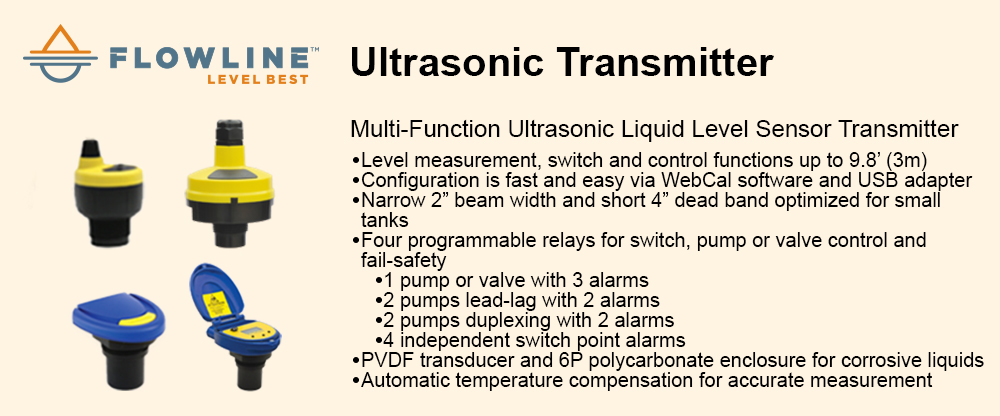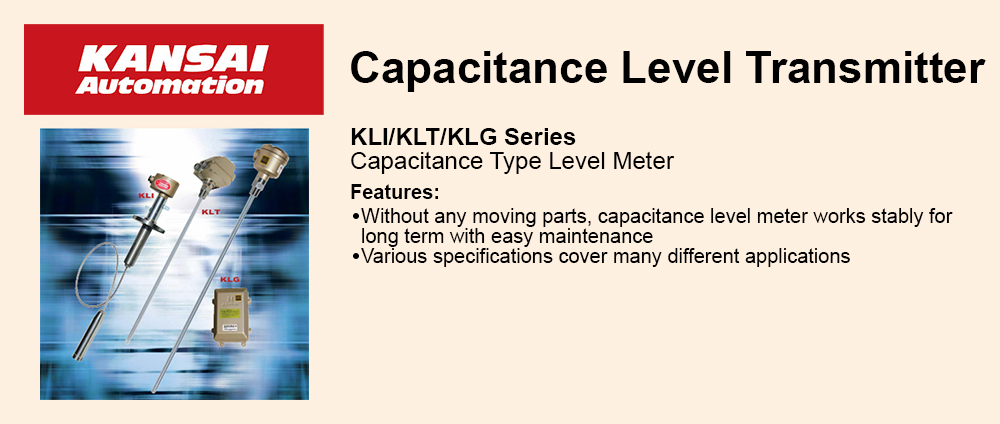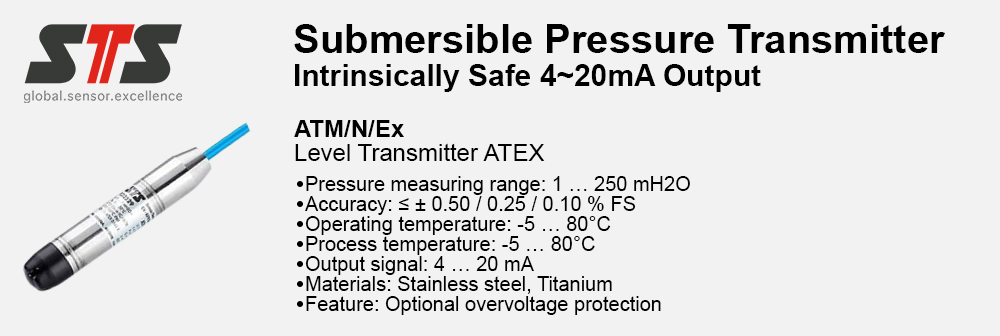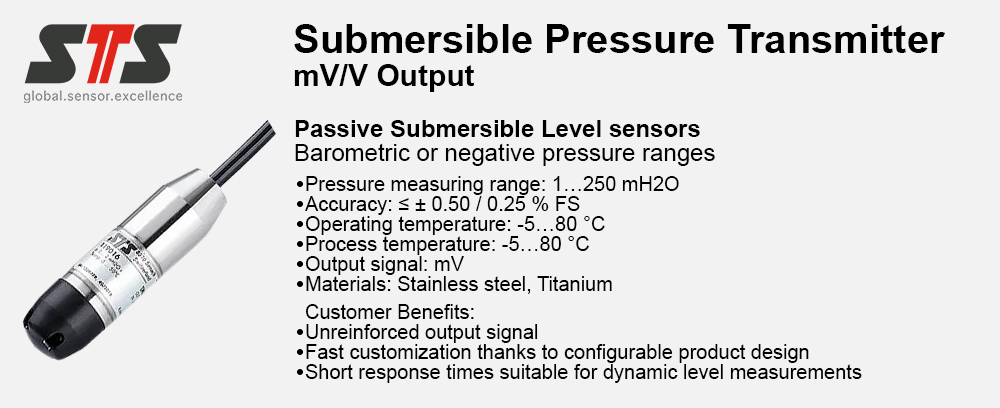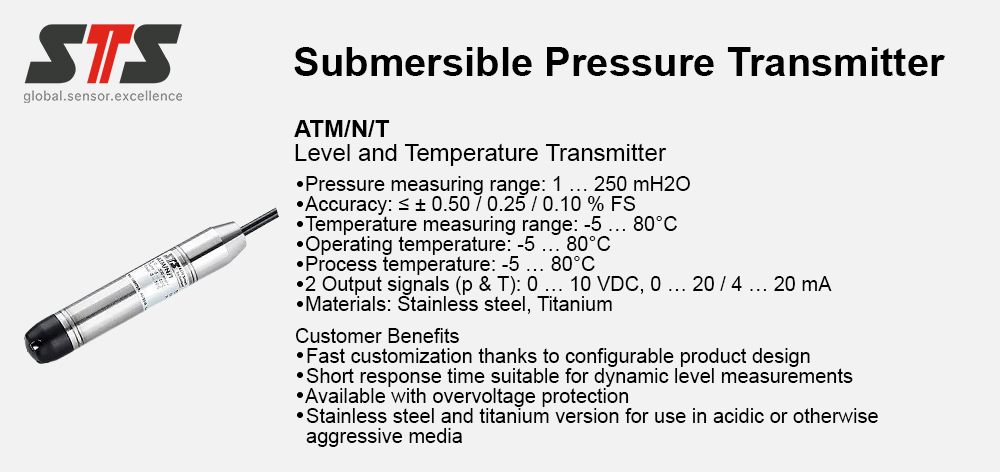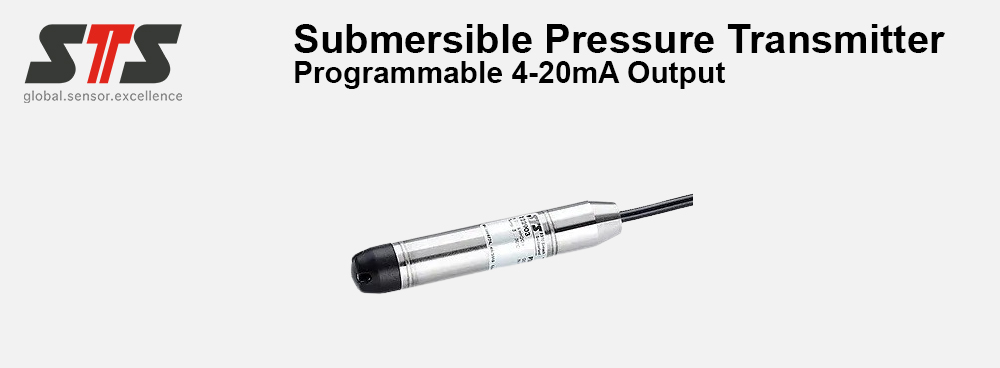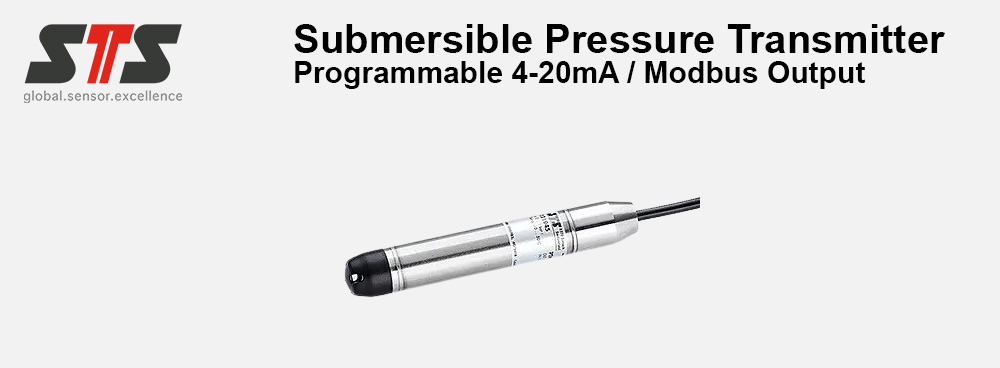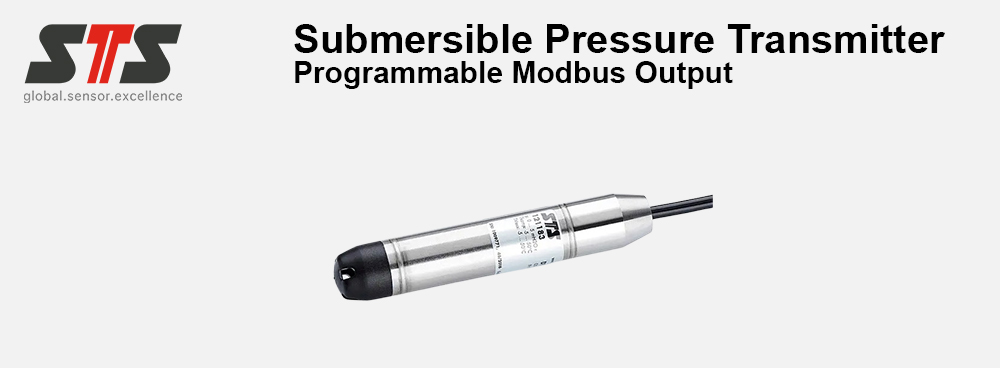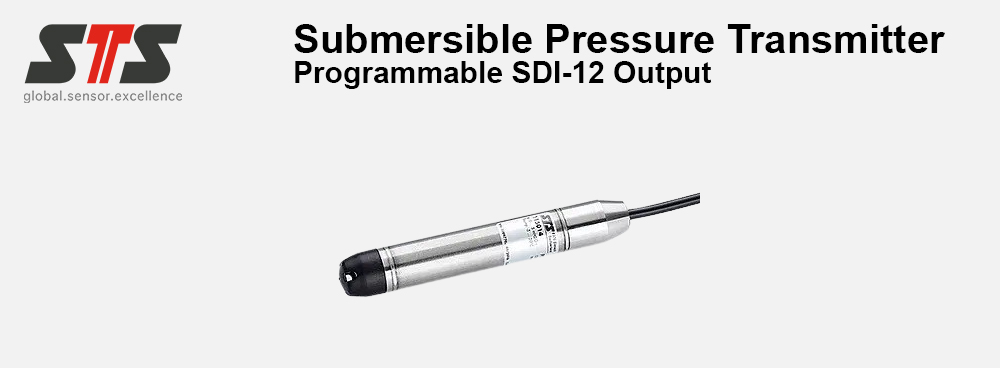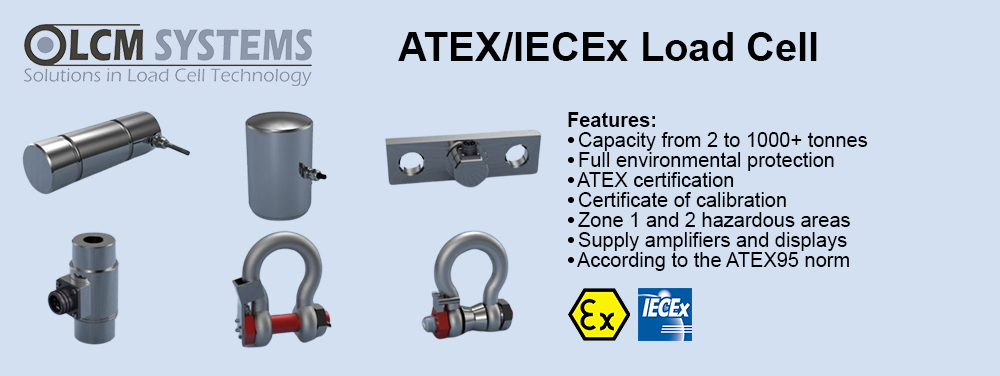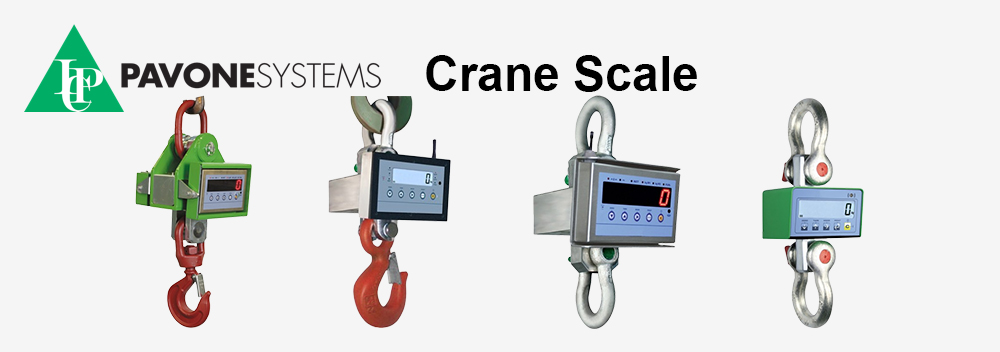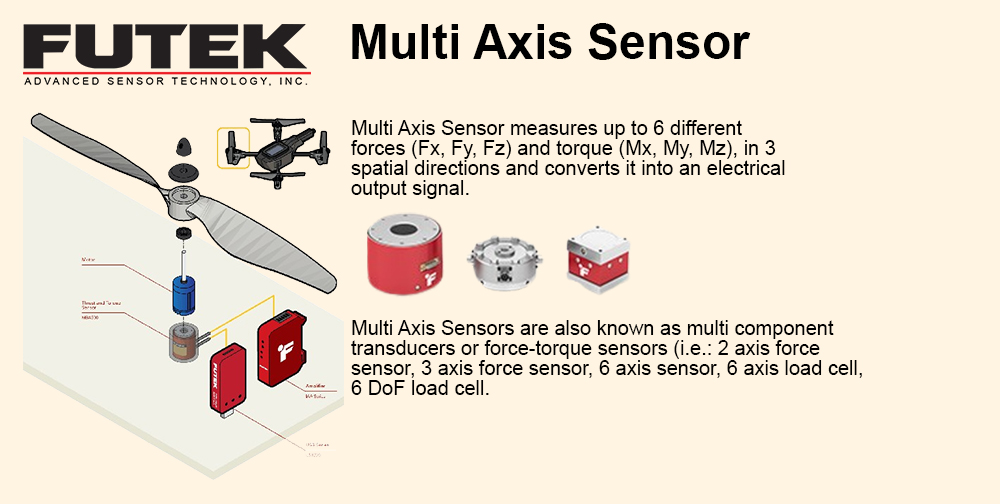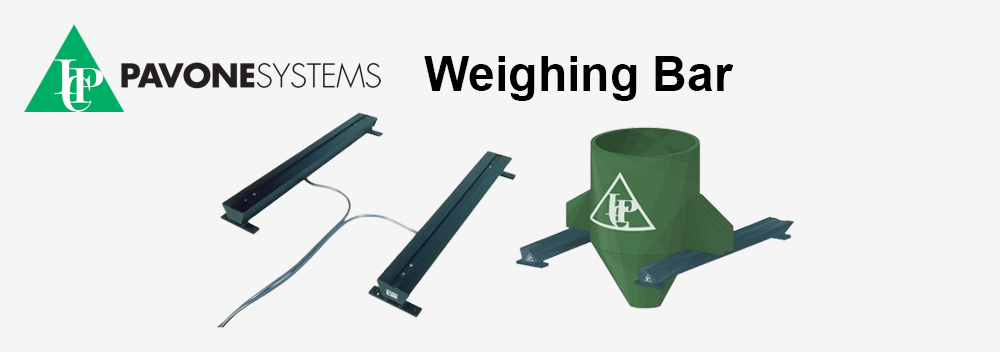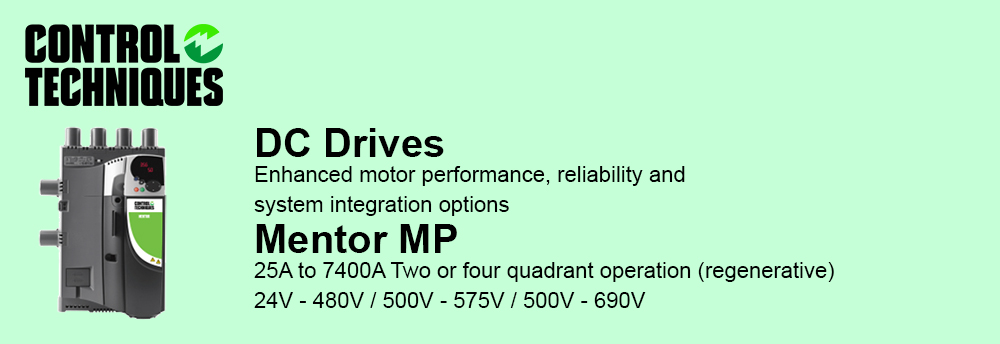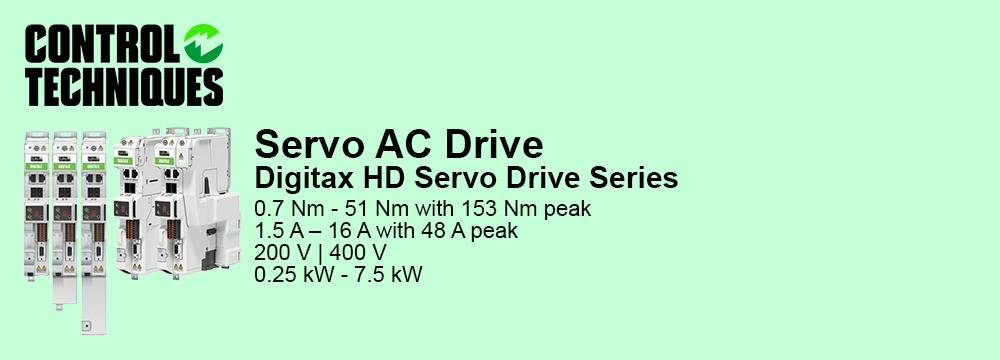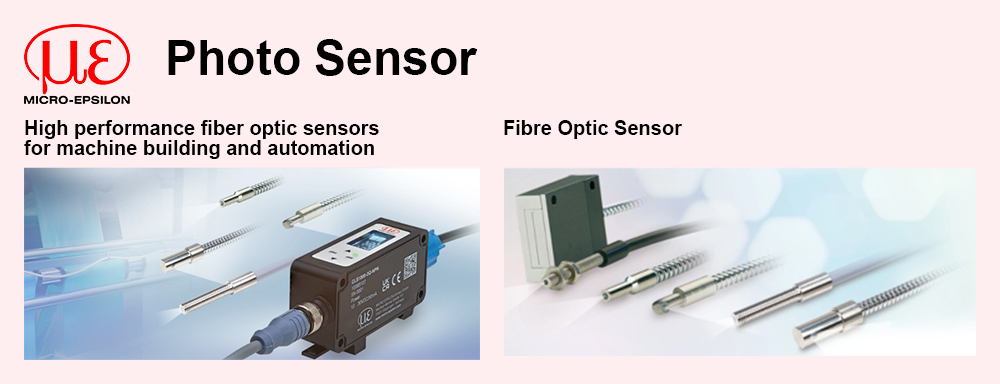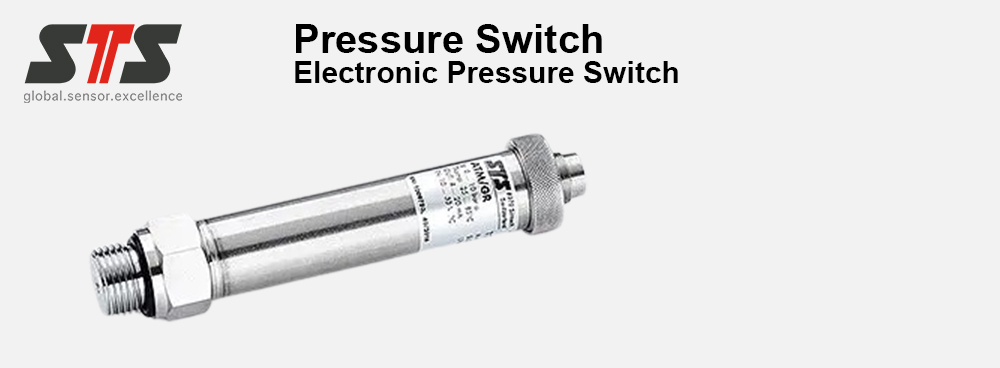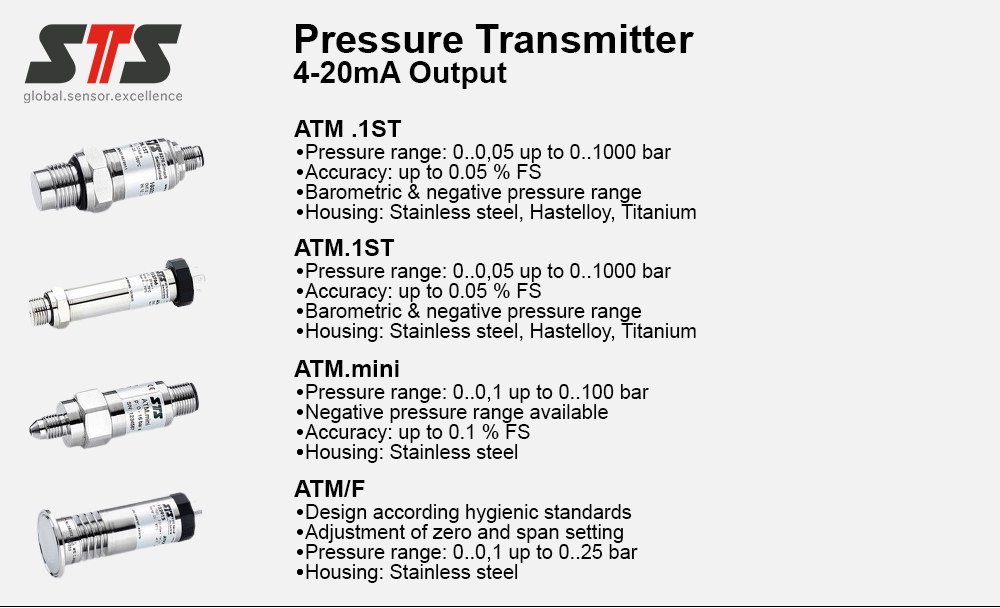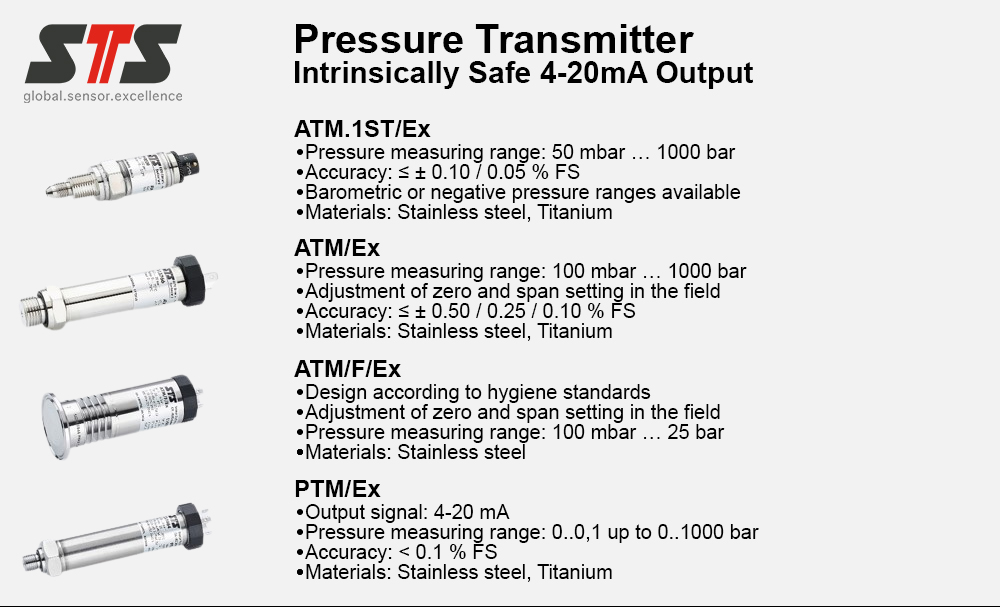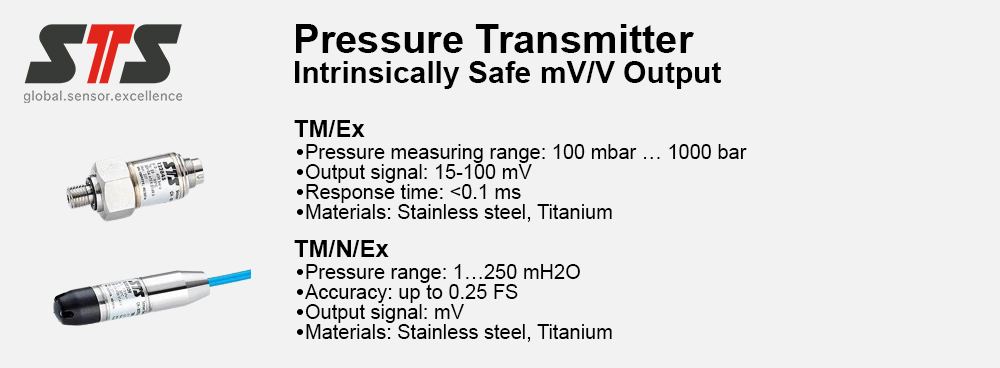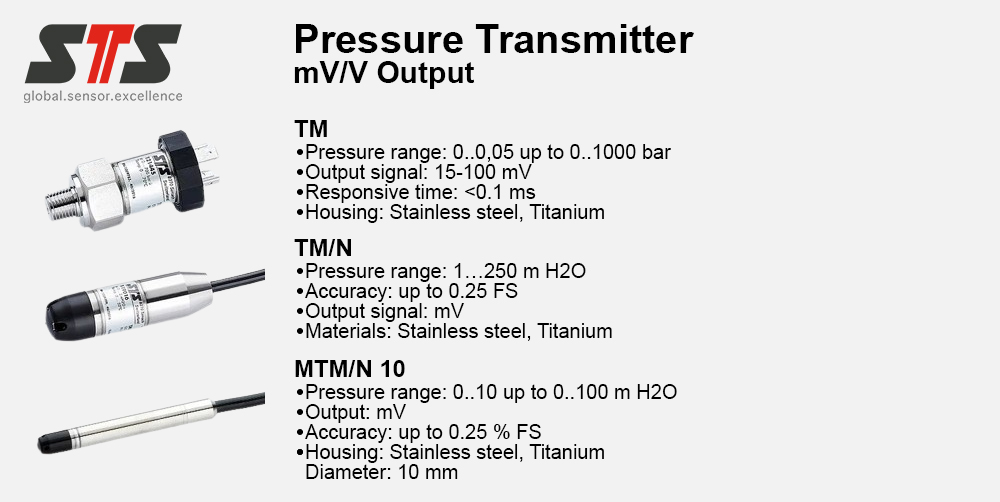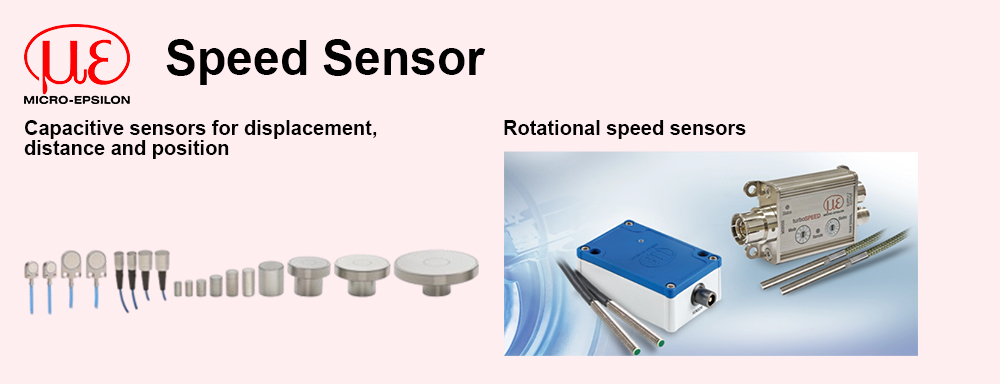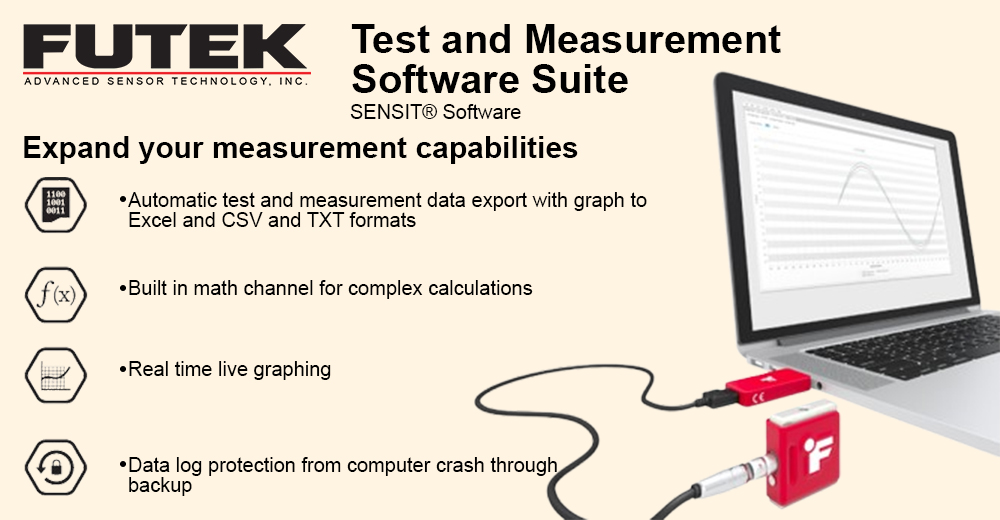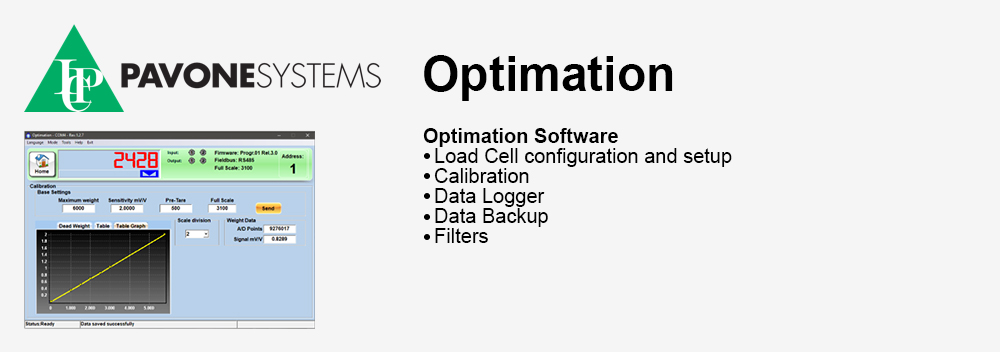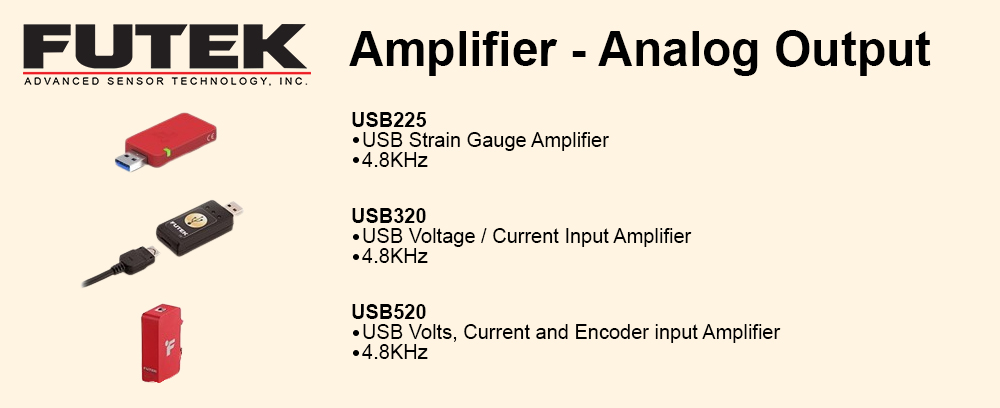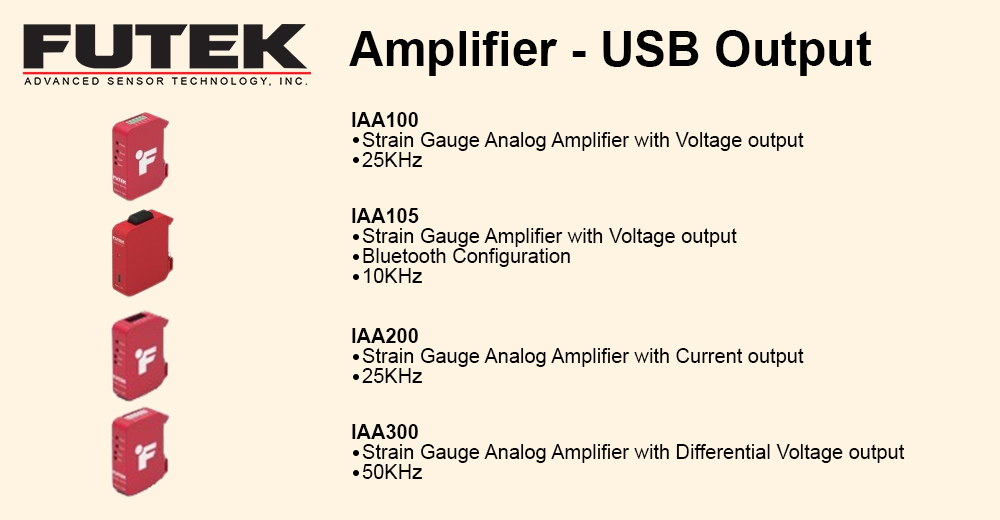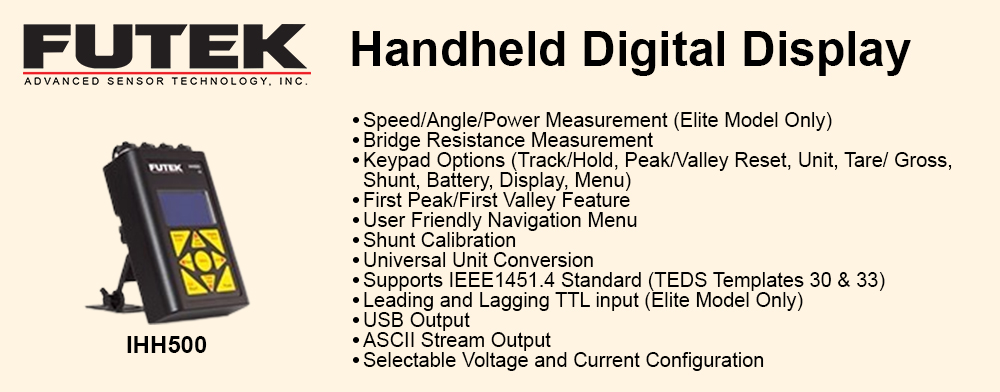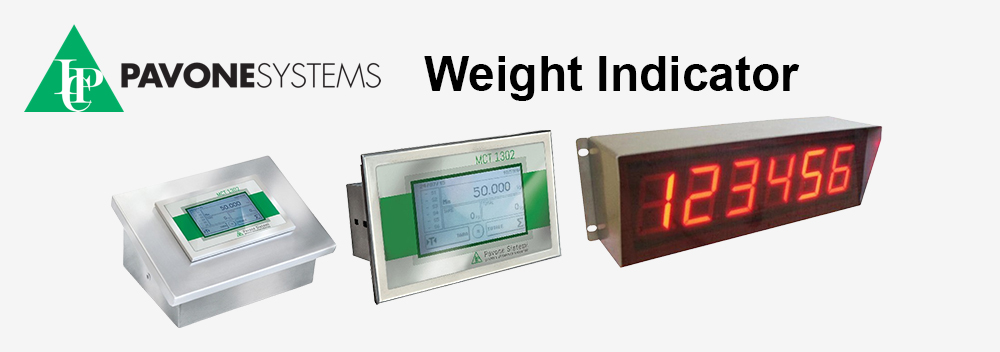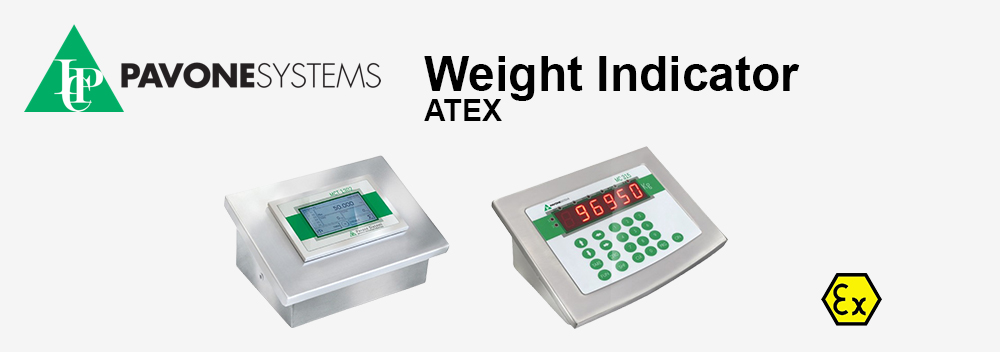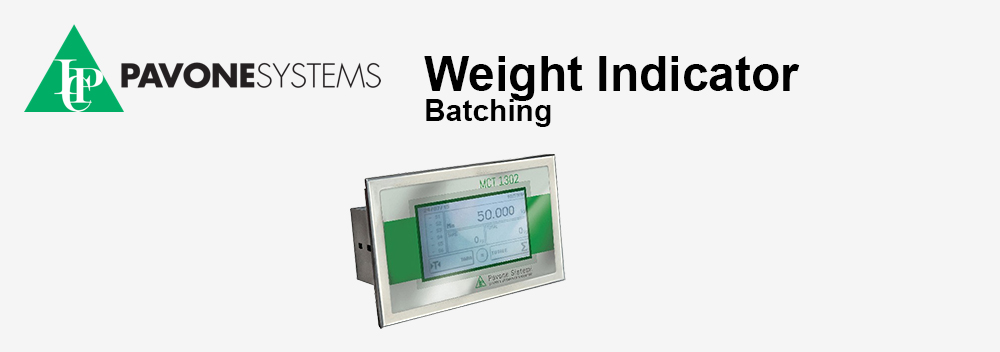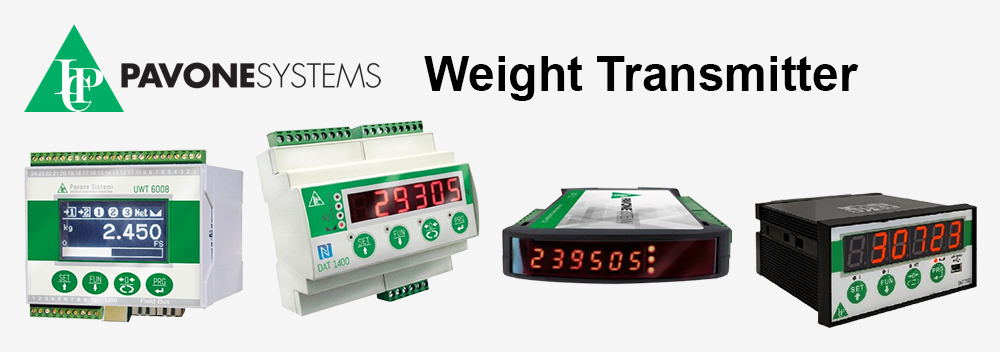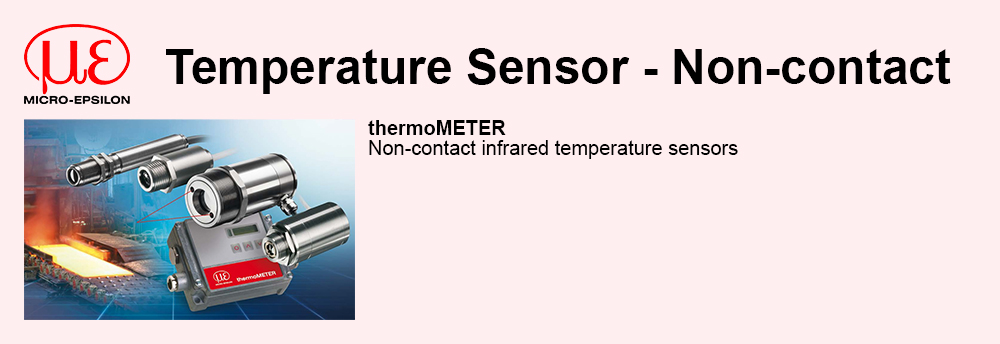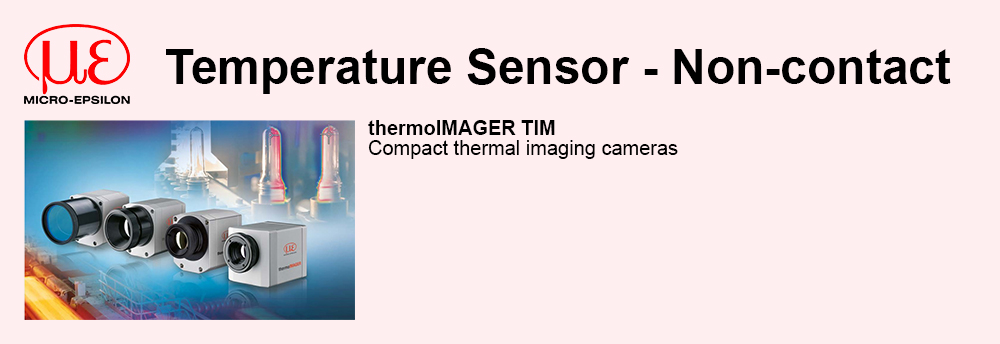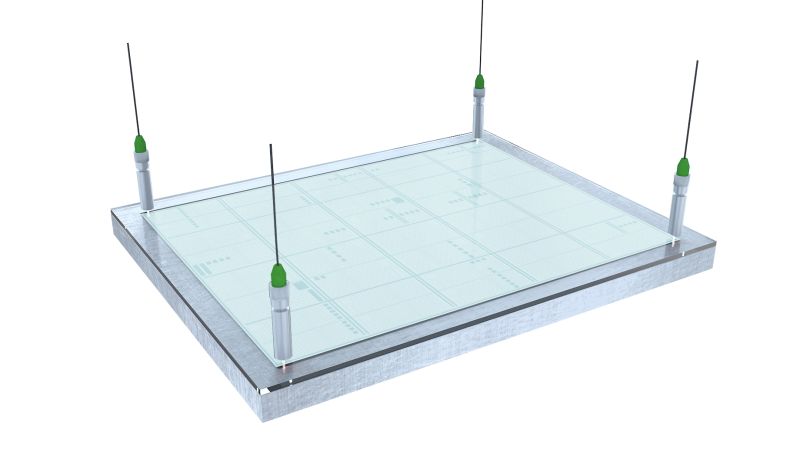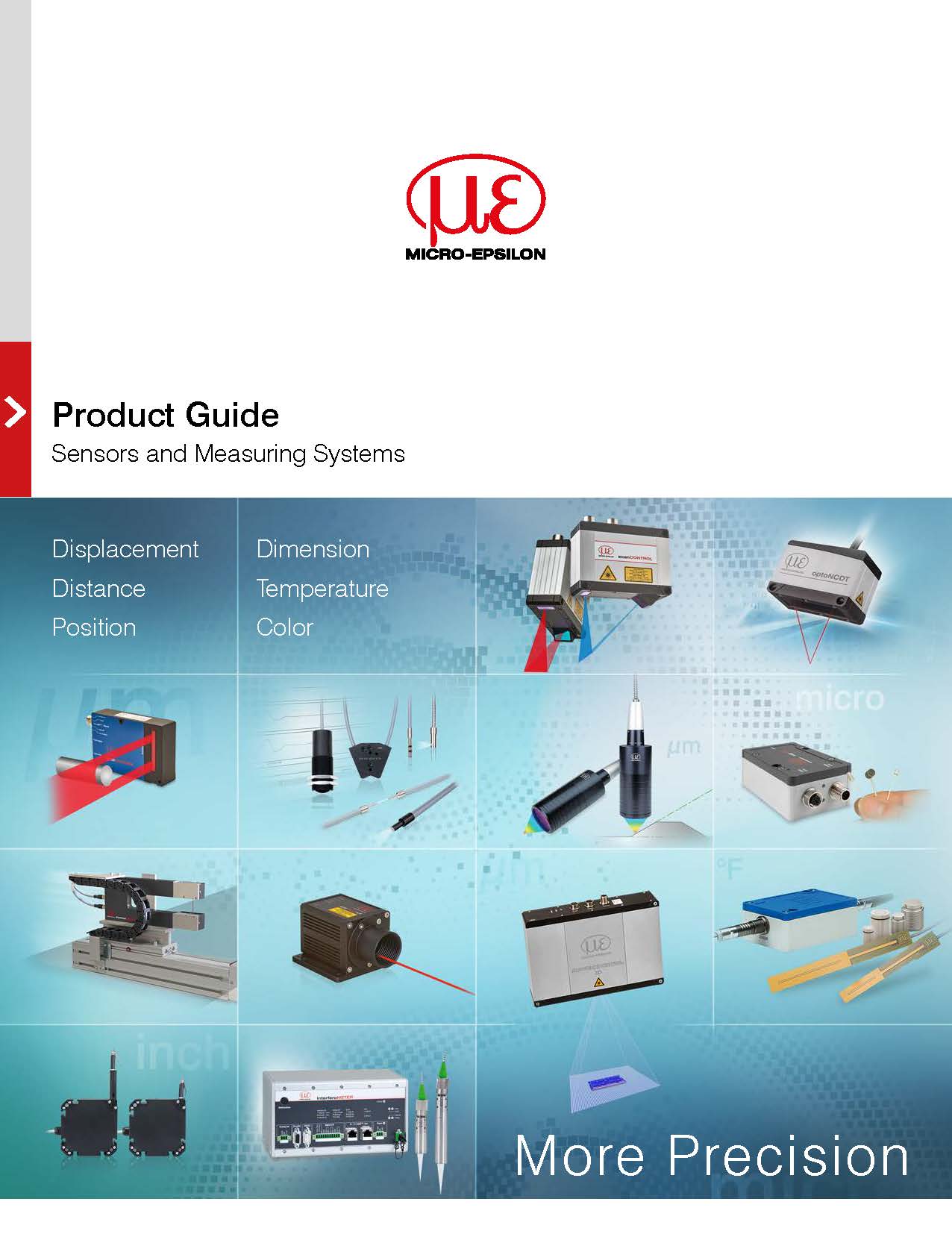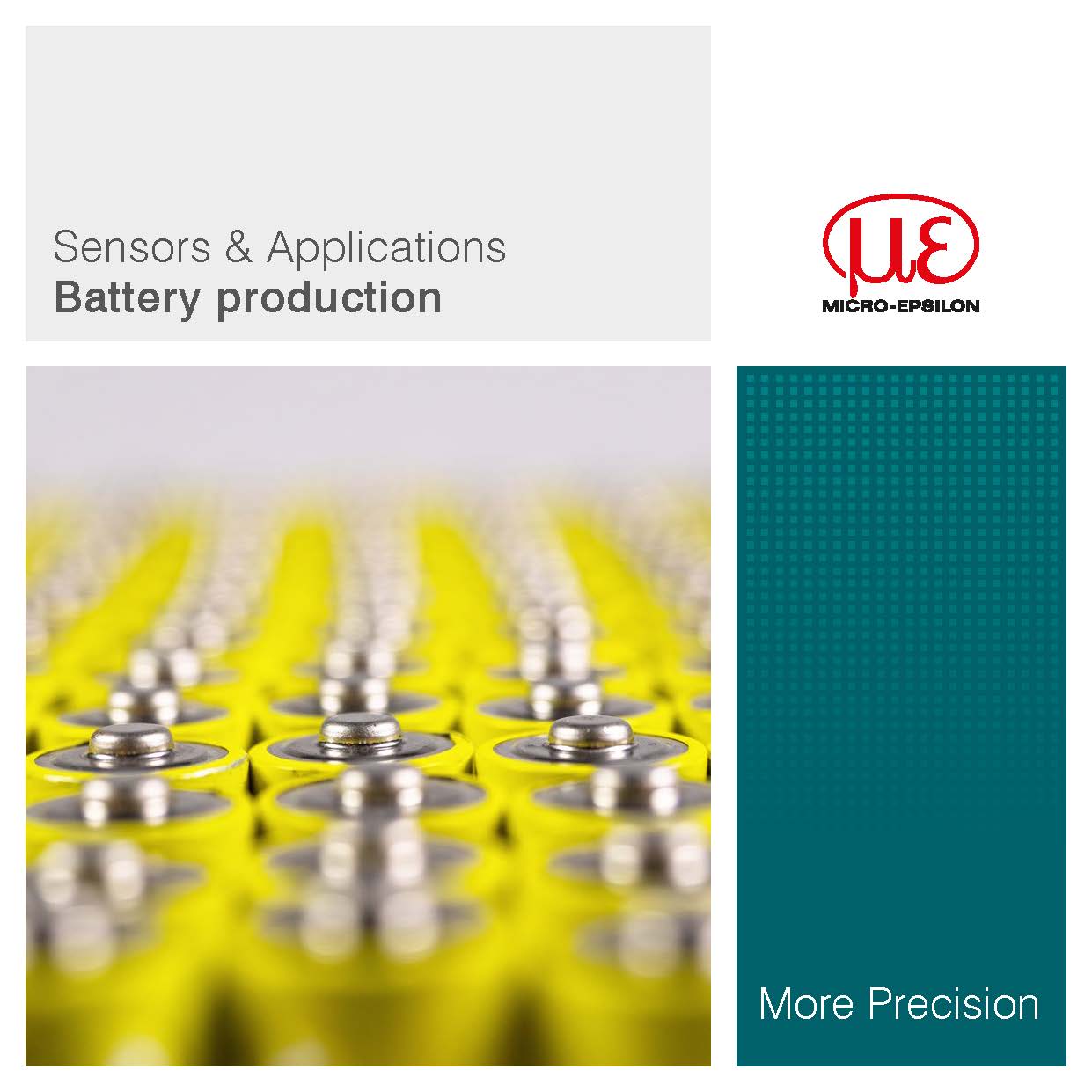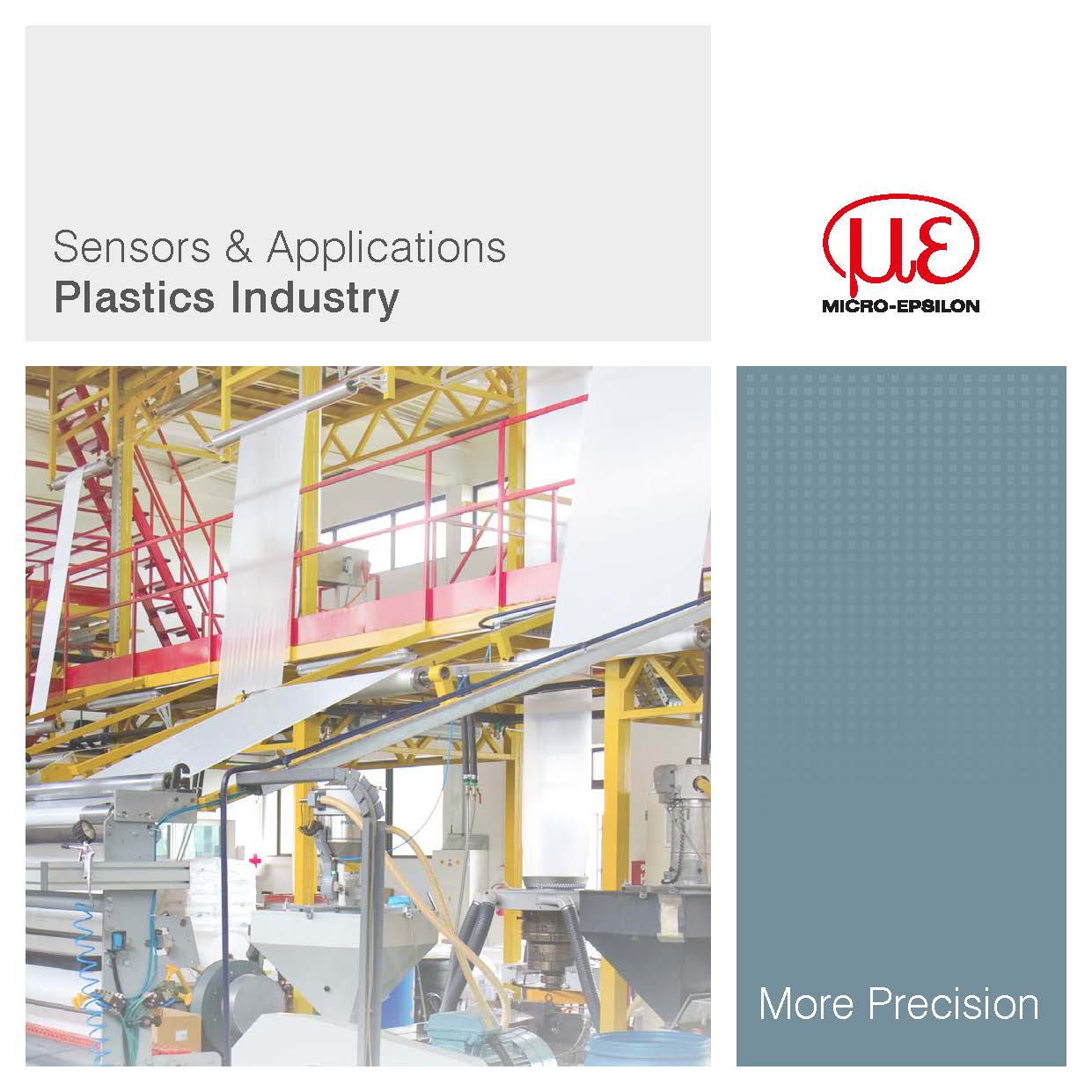Glass, ceramics |
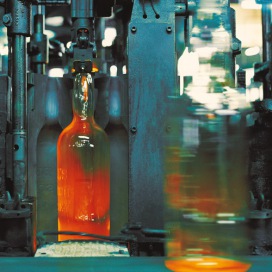 Glass and ceramics must always be free of defects for delivery. Systems or sensors from Micro-Epsilon are therefore often used to check the quality of the end product. The thickness, surface, contour and dimensions are often important for this. As the provider of many different measuring principles, there is already an appropriate sensor or measuring system available for practically every measurement task. Consequential costs due to processing reject products are avoided by early quality control. |
One-sided thickness measurement of container glass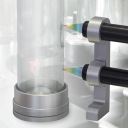 In container glass production, wall thickness and roundness of the bottles are crucial quality features. This is why these parameters must be 100 % inspected. Any faulty containers are immediately rejected and returned to the glass melt. Due to high processing speeds and in order to prevent the bottles from being damaged, a fast, non-contact measurement procedure is required. The confocal chromatic confocalDT 2422 dual-channel measurement system combined with the IFS2406-10 sensor from Micro-Epsilon are ideally suited to this measurement task. Sensor technology applied |
| __________________________________________________________________________________________________________ |
Display glass defects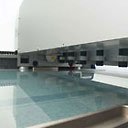 A special measuring system has been developed for the quality control of display glass. The glass pane is placed on a measuring table by a robot. A measuring arm with several confocal sensors traverses the glass pane there. If any defects are found, the pane is marked as NOK and rejected. The scanCONTROL laser scanner simultaneously circumnavigates the edges and checks these for defects and dimensions. After the check has been completed successfully, the pane is lifted back into the production process and the next measurement is started. Sensor technology applied |
| __________________________________________________________________________________________________________ |
Display glass / flat glass thickness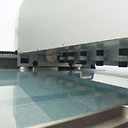 A special measuring system has been developed for the quality control of display glass. The glass pane is placed on a measuring table by a robot. A measuring arm with several confocal sensors traverses the glass pane there. If any defects are found, the pane is marked as NOK and rejected. The scanCONTROL laser scanner simultaneously circumnavigates the edges and checks these for defects and dimensions. After the check has been completed successfully, the pane is lifted back into the production process and the next measurement is started. Sensor technology applied |
| __________________________________________________________________________________________________________ |
Planness measurement of display glass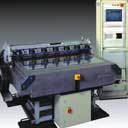 Thinnest glass of outstanding flatness is required for the production of displays for telecommunications equipment. During glass production measuring and monitoring of the flatness is a decisive factor for quality inspection. The results of these measurements can be used for optimizing the pro-duction process. On a high-precision hard rock table in the measuring room samples of these thinnest glass plates are measured by laser-optical triangulation sensors with an accuracy of 5 μm. Sensor technology applied |
| __________________________________________________________________________________________________________ |
Flat glass defects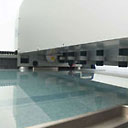 A special measuring system has been developed for the quality control of flat glass. The glass pane is placed on a measuring table by a robot. A measuring arm with several confocal sensors traverses the glass pane there. If any defects are found, the pane is marked as NOK and rejected. The scanCONTROL laser scanner simultaneously circumnavigates the edges and checks these for defects and dimensions. After the check has been completed successfully, the pane is lifted back into the production process and the next measurement is started. Sensor technology applied |
| __________________________________________________________________________________________________________ |
Flat glass thickness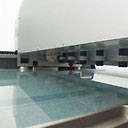 A special measuring system has been developed for the quality control of display glass. The glass pane is placed on a measuring table by a robot. A measuring arm with several confocal sensors traverses the glass pane there. If any thickness discrepancies are found, the pane is marked as NOK and rejected. The scanCONTROL laser scanner simultaneously circumnavigates the edges and checks these for defects and dimensions. After the check has been completed successfully, the pane is lifted back into the production process and the next measurement is started. Sensor technology applied |
| __________________________________________________________________________________________________________ |
Flat glass - temperature measurement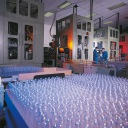 Temperature plays an important role in the glass industry for many manufacturing and production processes. It is a matter of obtaining precise temperature measurements of transparent (glass) and non-transparent (moulds, crown and side walls of the glass furnace) objects. Sensor technology applied |
| __________________________________________________________________________________________________________ |
Bottle and hollow glass - temperature measurement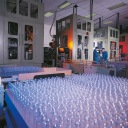 Special sensors which are used for permanent temperature monitoring are installed at the individual stations of the glass production line. Sensor technology applied |
| __________________________________________________________________________________________________________ |
Film extrusion - temperature measurement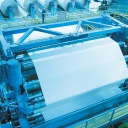 Infrared temperature sensors from Micro-Epsilon measure the film temperature before the three-roller mill. An optimal regulation of the process temperatures is made possible due to the precise temperature values which results in a constantly high product quality. Sensor technology applied |
| __________________________________________________________________________________________________________ |
Glass machining – temperature measurement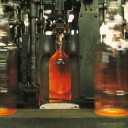 In order to be able to bend and shape flat glass, the exact glass surface temperature must be taken into account. Special pyrometers from Micro-Epsilon have been developed for measuring in glass manufacturing. Sensor technology applied |
| __________________________________________________________________________________________________________ |
Glass thickness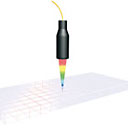 A special measuring system has been developed for the quality control of glass. The glass pane is placed on a measuring table by a robot. A measuring arm with several confocal sensors traverses the glass pane there. If any thickness discrepancies are found, the pane is marked as NOK and rejected. The scanCONTROL laser scanner simultaneously circumnavigates the edges and checks these for defects and dimensions. After the check has been completed successfully, the pane is lifted back into the production process and the next measurement is started. Sensor technology applied |
| __________________________________________________________________________________________________________ |
Thickness measurement of glassThe specification of the thickness of glass panes is an optimization process between a required mechanical strength and efficient use of materials. In the manufacturing process the glass thickness is measured and the conformance to prescribed tolerances is monitored. The measurement is carried out with displacement sensors working on the eddy-current principle. Here, the sensor hovers over the glass surface and measures through the glass to a metal plate situated behind it. The values can be read off directly on the device; an analog output voltage facilitates further evaluation. Sensor technology applied |
| __________________________________________________________________________________________________________ |
Glass industry / glass - temperature measurement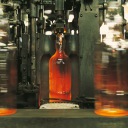 Temperature plays an important role in the glass industry for many manufacturing and production processes. It is a matter of obtaining precise temperature measurements of transparent (glass) and non-transparent (moulds, crown and side walls of the glass furnace) objects. Sensor technology applied |
| __________________________________________________________________________________________________________ |
Glass drop measurement - temperature measurement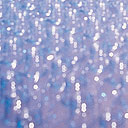 The use of non-contact temperature measurement equipment is required for measuring the glass drop temperature. Pyrometers from Micro-Epsilon are particularly suitable due to the fast operating processes. Sensor technology applied |
| __________________________________________________________________________________________________________ |
Thickness measurement using displacement sensors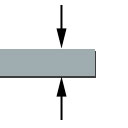 Thickness measurement using displacement sensors is a wide application area. Basically there are distinctions between non-destructive/destructive, non-contact/with contact and one-side/two-sided thickness measurement. The Micro-Epsilon measuring techniques for thickness measurement are all emission-free whereby no emissions regulations of any kind have to be complied with. Thickness measurements must be performed both with contacting as well as with non-contact sensors whereby non-contact measuring techniques show advantages as regards accuracy and measuring speed. There is also a distinction between one-sided and two-sided thickness measurement. Two-sided thickness measurements are carried out with at least one pair of sensors which are installed together on one axis. This pair of sensors measures the target synchronously. The difference between the measurement results (C-A-B) produces the thickness of the measuring object. One-sided thickness measurements must only be performed with non-contact sensors. In doing so, the target is only measured with one sensor and either only a part of the target thickness (e.g. layer thickness) or the complete measuring object thickness is measured. Thickness measurements are mainly used in process control and quality assurance, e.g. for the control of extrusion systems or 100% checking of tube diameters. Sensor technology applied |
| __________________________________________________________________________________________________________ |
Measuring glass cups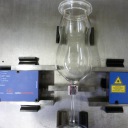 In the production of drinking glasses, the stem and cup are connected using a gas burner. In order to enable the precise connection of the glass stem and cup, the distance between stem and cup needs to be measured. Monitoring this gap size allows for feed rate control during production. An optoCONTROL optical micrometer measures this gap. Sensor technology applied |
| __________________________________________________________________________________________________________ |
Glass pretensioning - temperature measurement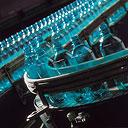 CTlaserGLASS has been specially developed for applications in the glass processing industry, in particular for glass bending, forming and hardening processes. The non-contact thermometer ensures precise monitoring of the temperatures. Sensor technology applied |
| __________________________________________________________________________________________________________ |
Windscreen defects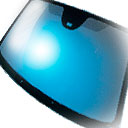 During the production of windscreens, it can happen that the correct curvature of the windscreen has not been maintained or the fissures and cracks in the surface make the windscreen unusable. A system has been developed for this purpose which inspects the windscreens completely in-line for a surface free from defects. Several confocal sensors on a measuring beam measure the distance to the surface. Using the automatic centering function of the confocal sensors, they track the curvature of the surface precisely. The high resolution makes it possible to inspect the windscreen for cracks and fissures at the same time. |
| __________________________________________________________________________________________________________ |
Windscreen thickness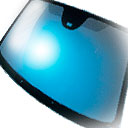 Using a film between several glass panes, laminated safety glass prevents dangerous shards flying around in the case of breakage. The adhesive film is clamped during the production. In doing so, it is important that the film shows the correct thickness in order to be able to ensure the required safety. Thickness can be measured on one side using the optoNCDT2401 confocal system. The light from the sensor penetrates the glass and displays the thickness of the film in the pane. Sensor technology applied |
| __________________________________________________________________________________________________________ |
Windscreen profile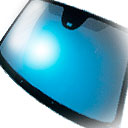 Flat glass for demanding industrial tasks is subjected to 100% testing after the production. Dimensional accuracy is important for industrial glass which is used for demanding technical tasks. Examples of such types of glass would be windscreens, display glass for LCD televisions or glass for the production of photovoltaic modules. Even a small deviation from the required geometry or thickness can drastically influence the later function of the glass. The glass profile measuring system uses confocal sensors. These operate with white light and precisely measure the profile of the pane and also an inner layer. A laser scanner is also used for determining the measurement. Sensor technology applied |
| __________________________________________________________________________________________________________ |
Windscreen gap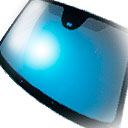 The final appearance of a product plays a crucial role everywhere that panes are positioned automatically. Apart from the shape, stability, color etc., the final appearance is also dependent on the position of the glass in the frame. The pane must be inserted in as centerd a position as possible. A laser scanner also detects automatically for the insertion of the glass whether the gap is the same on all sides or not. If differences occur, the pane can still be moved somewhat. The extremely difficult conditions of the different reflection factors of glass and frame (metal, wood, plastic) do not affect the quality of the measured data. Sensor technology applied |




